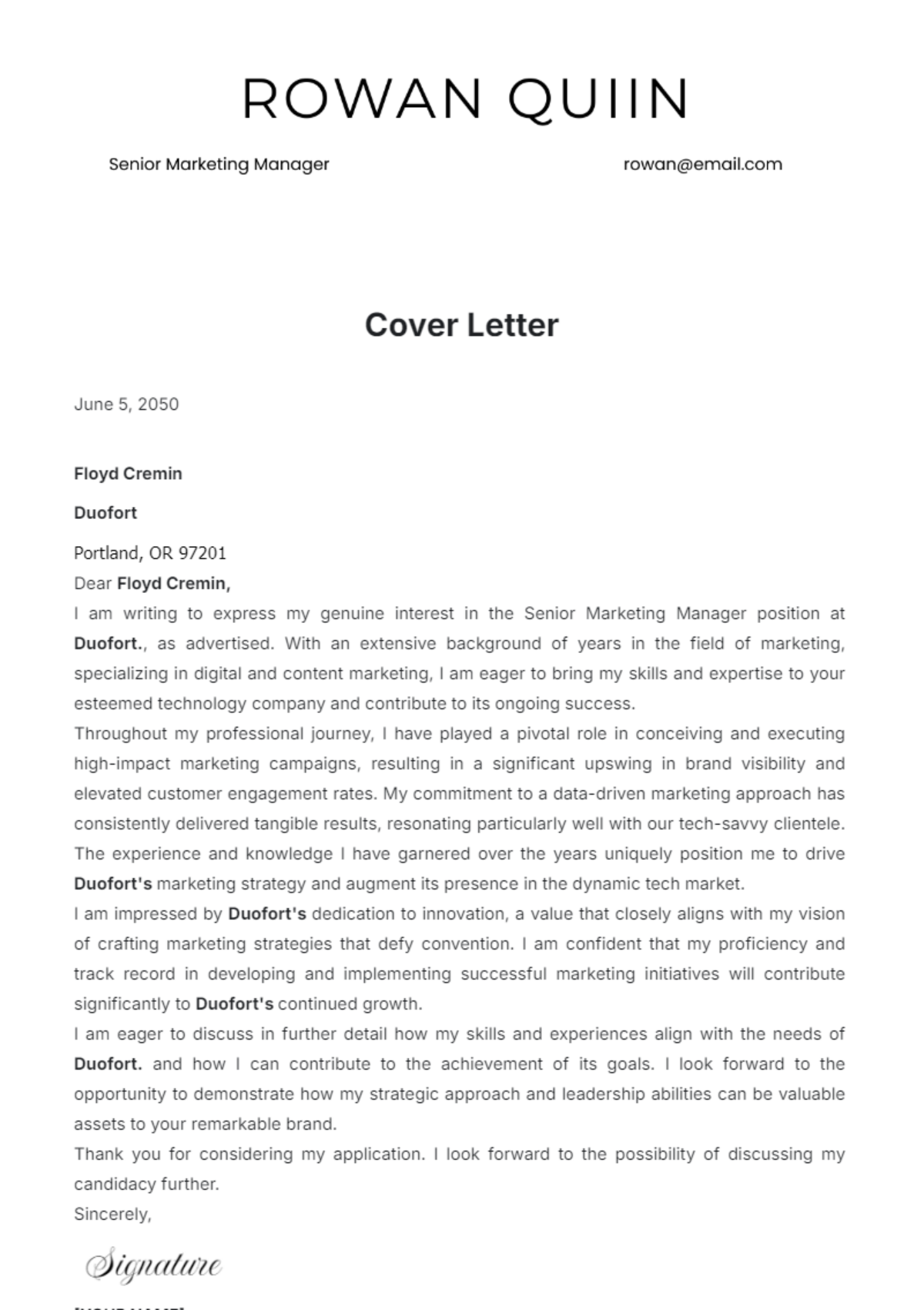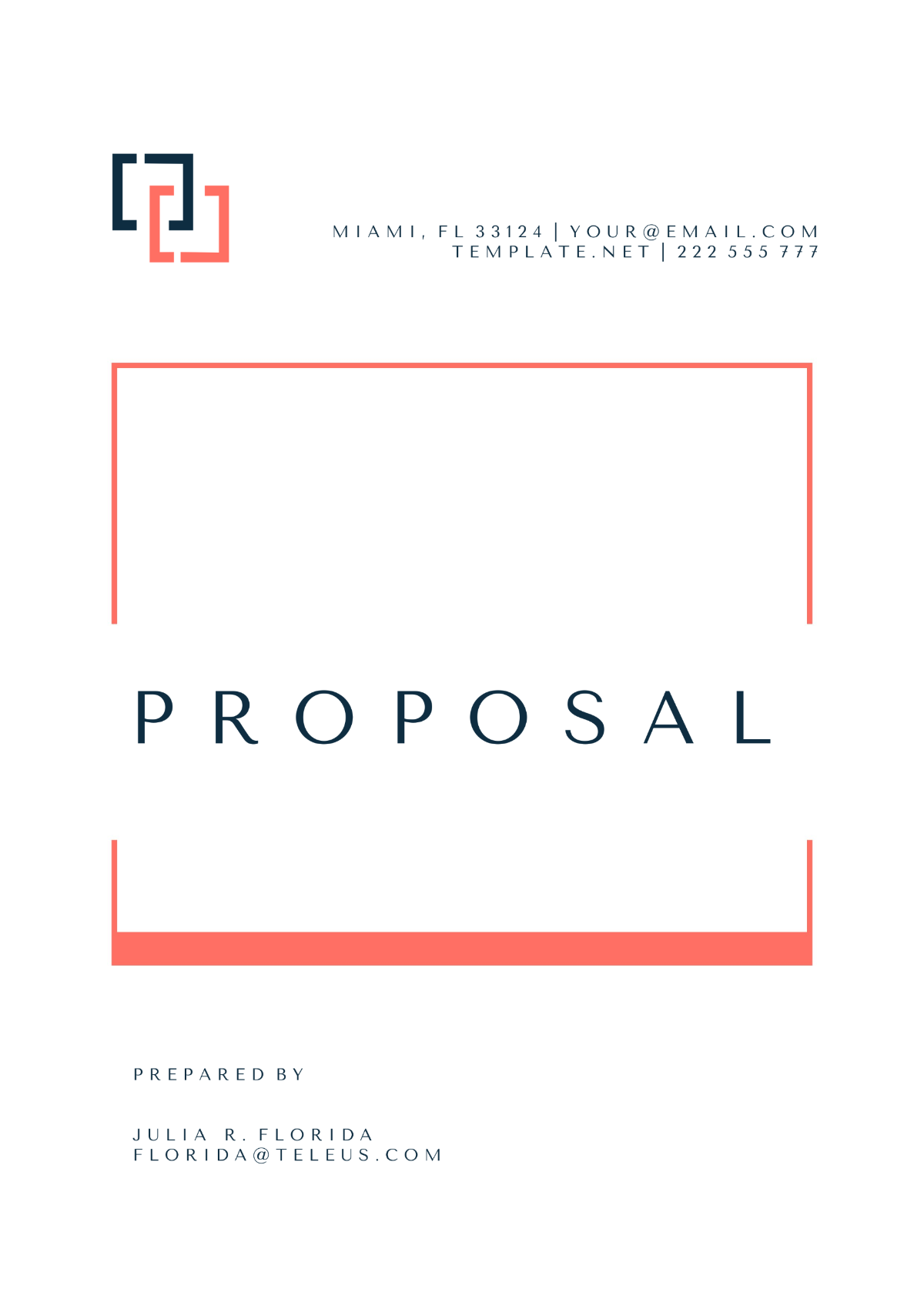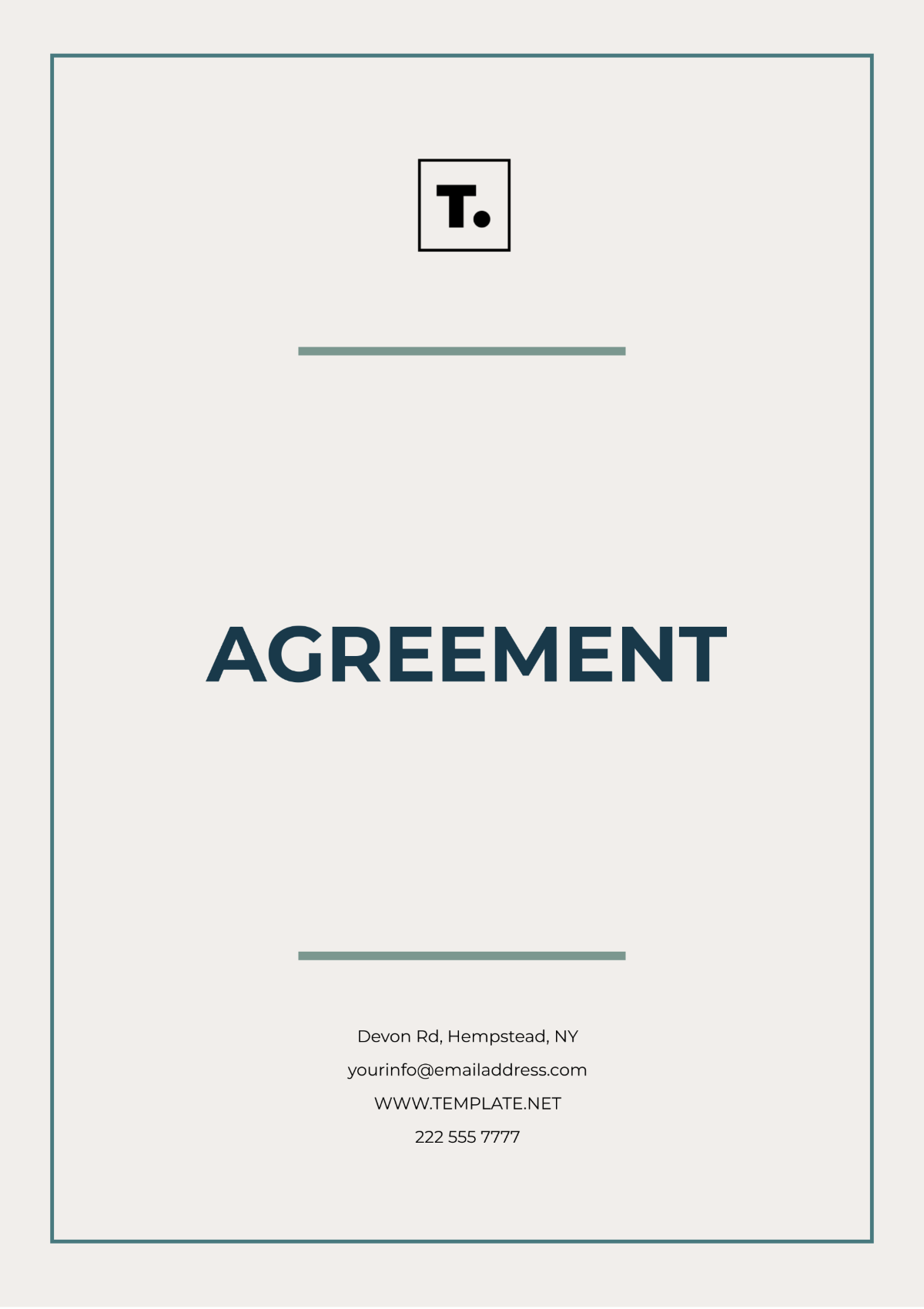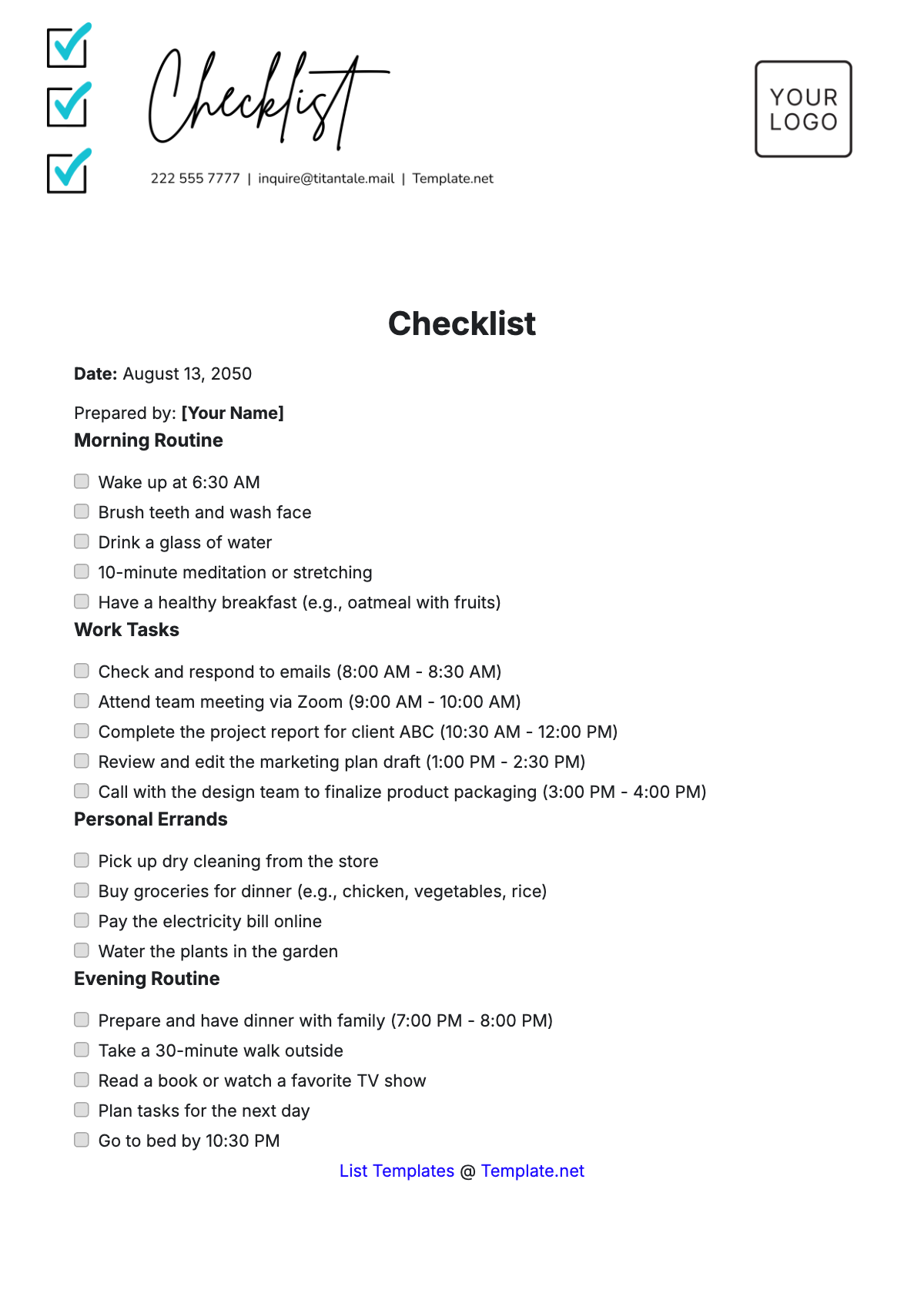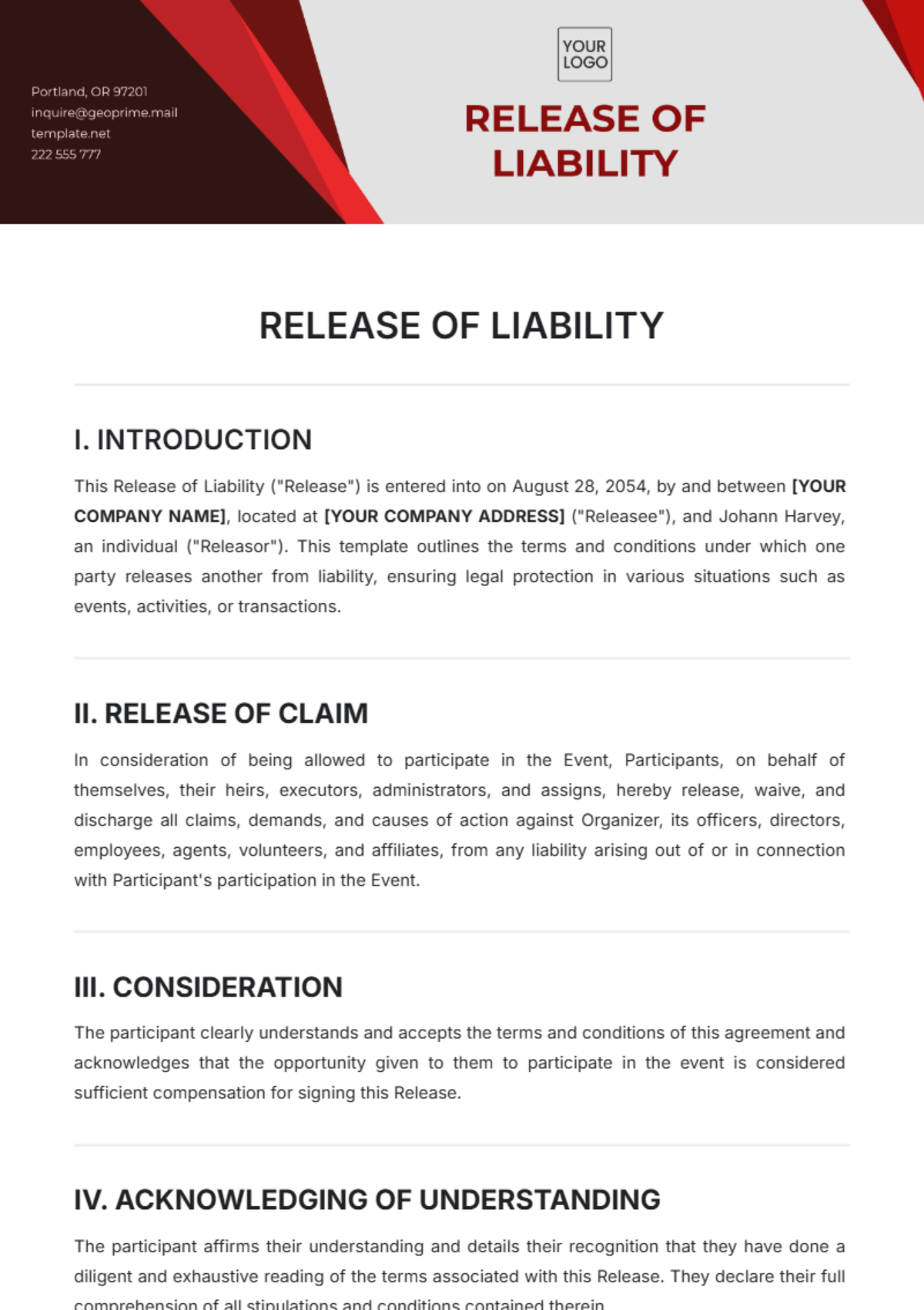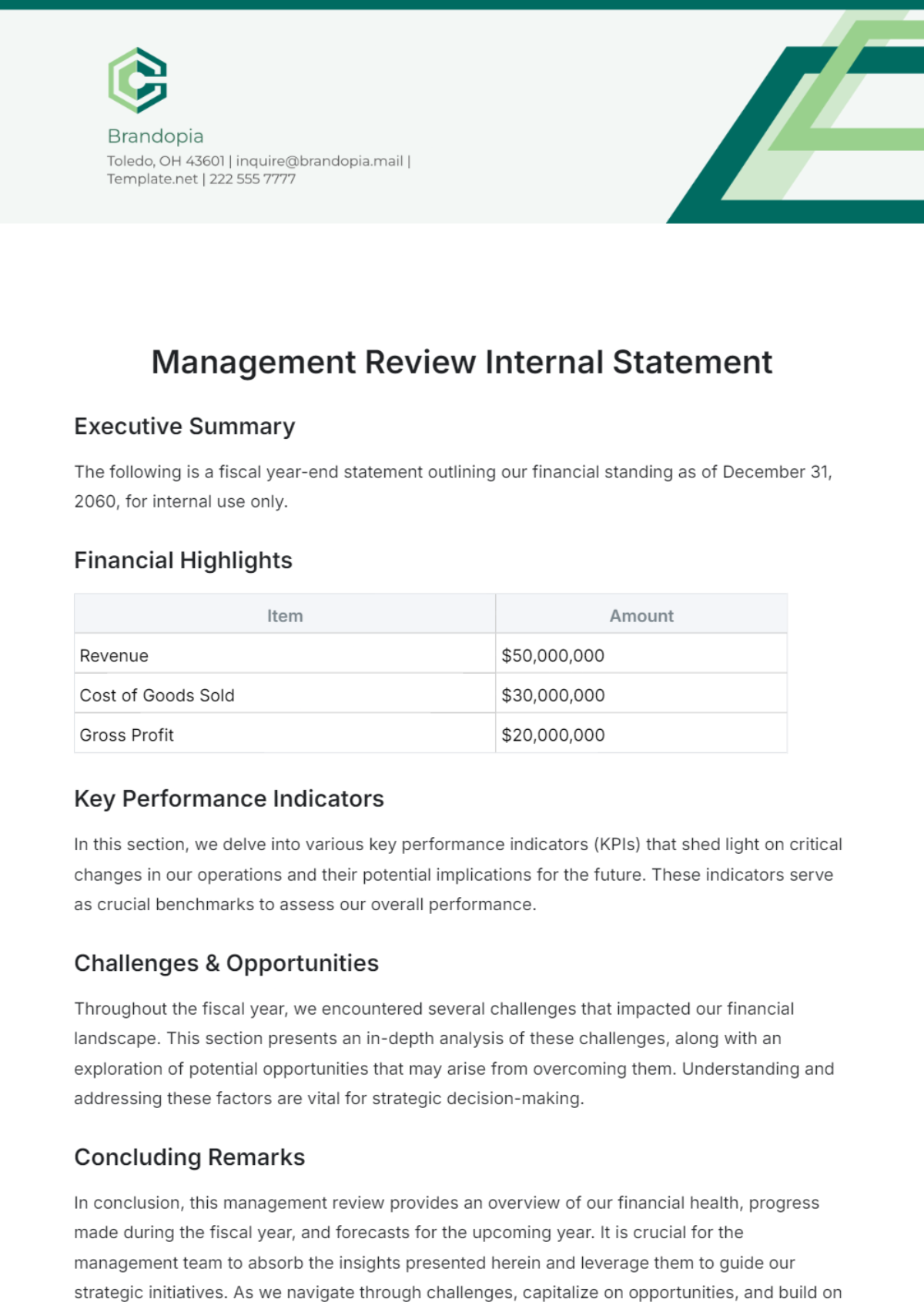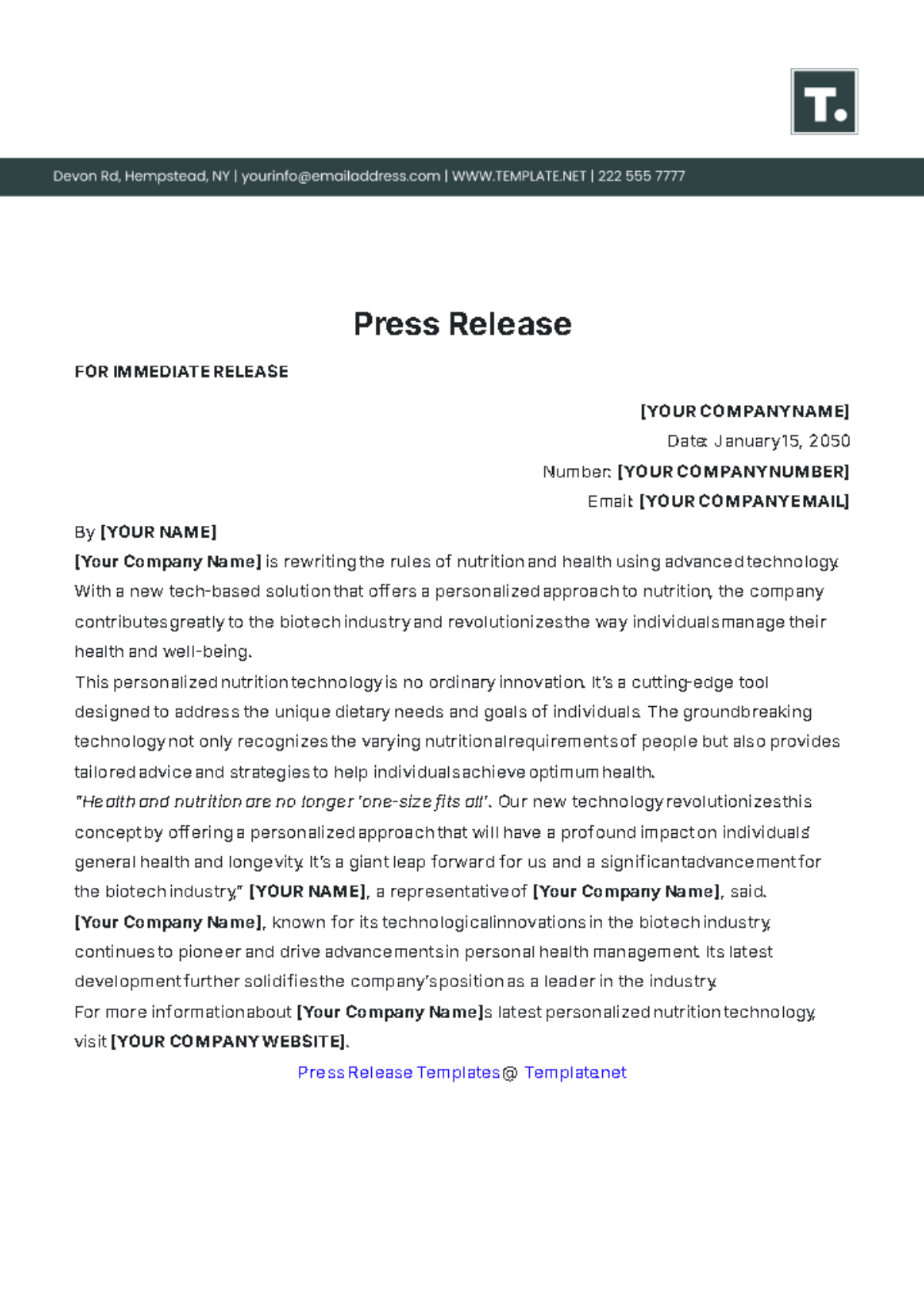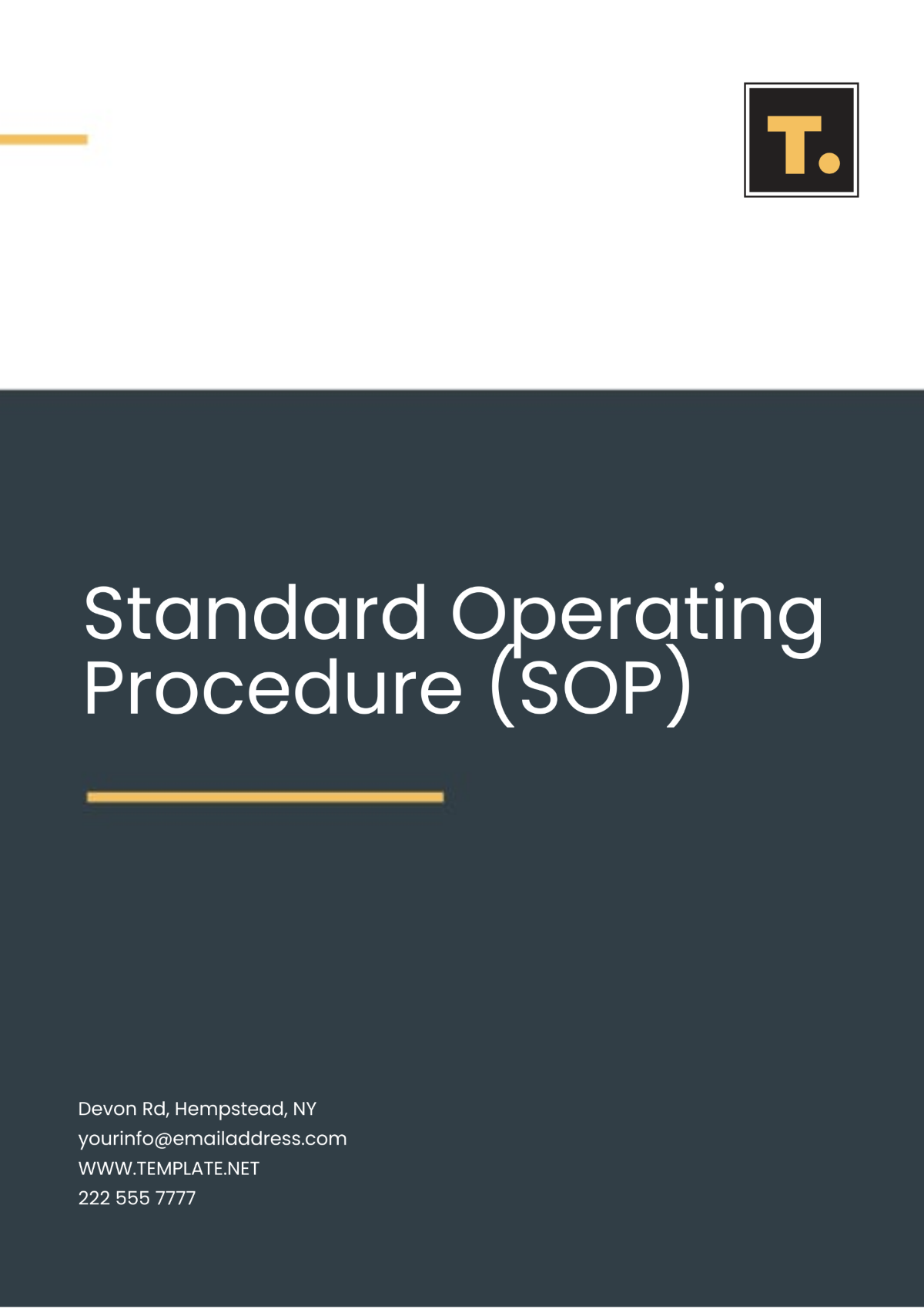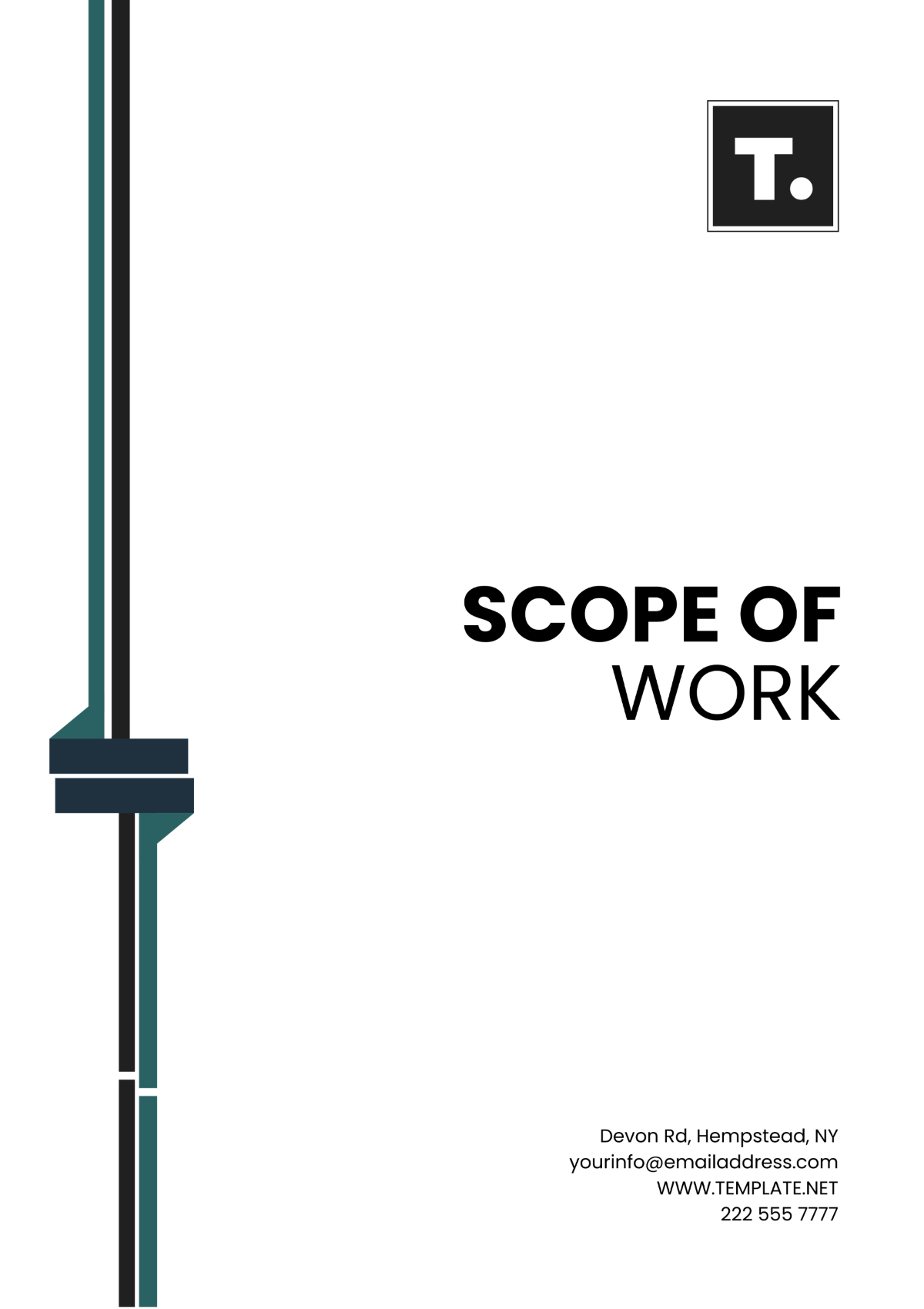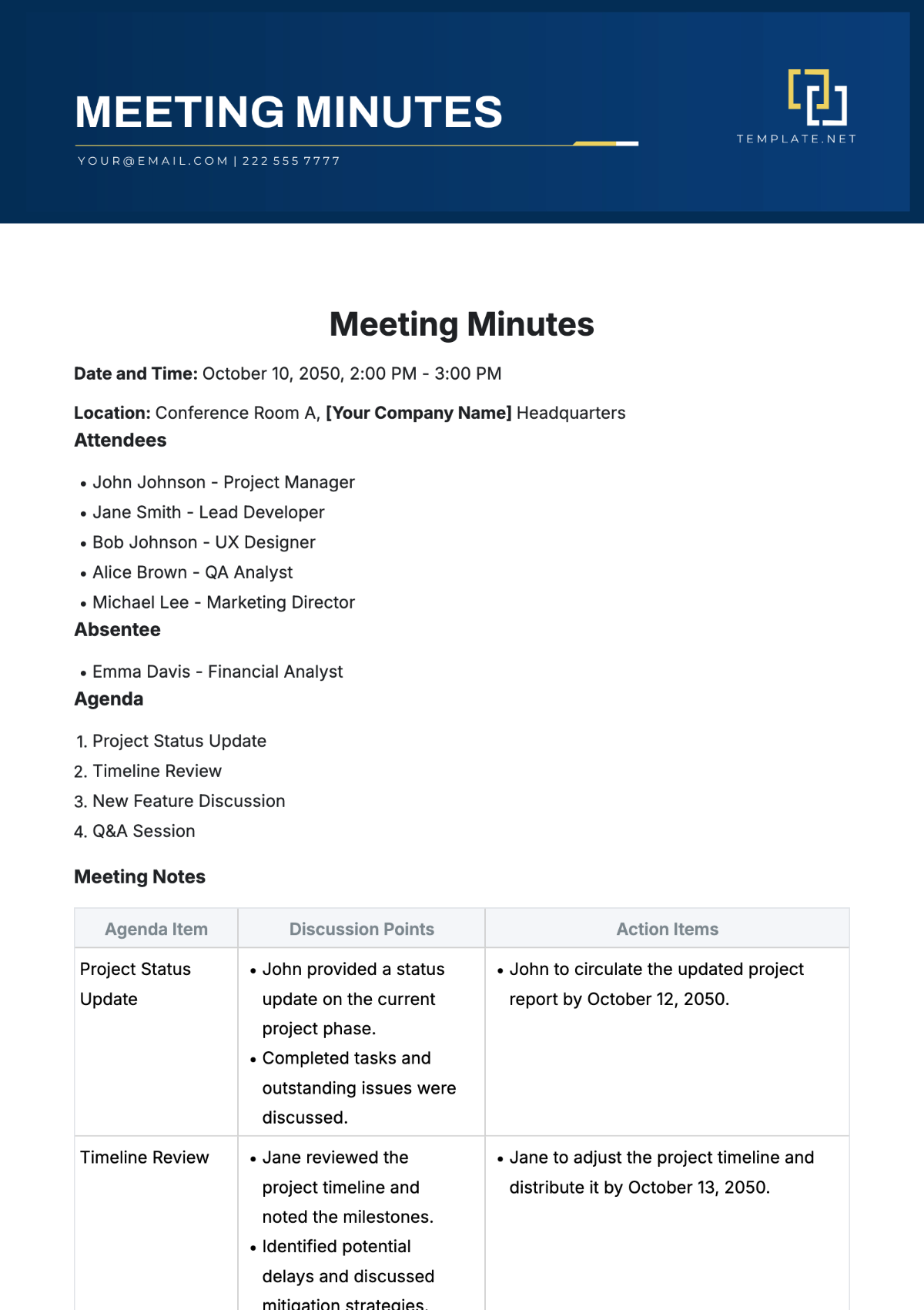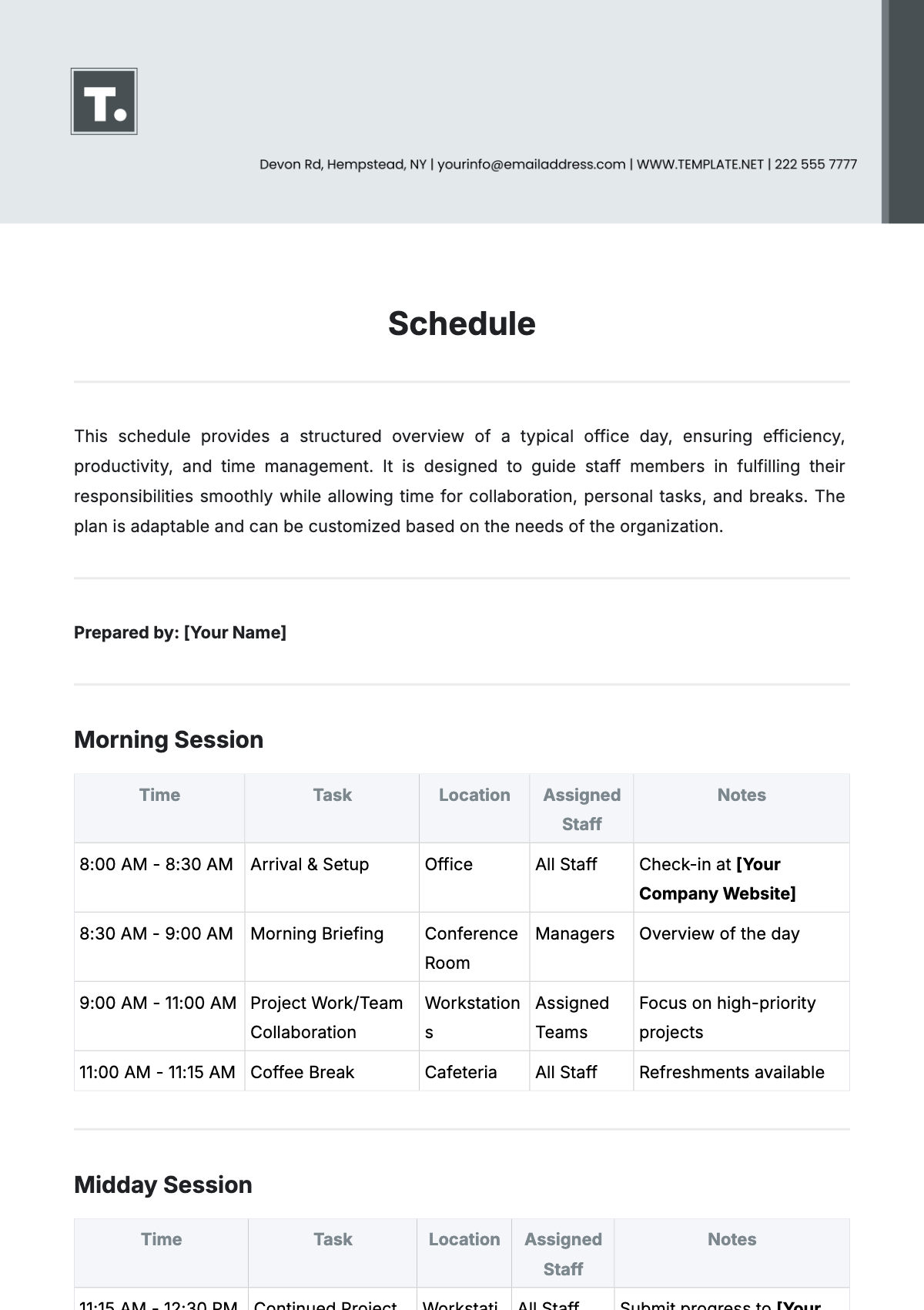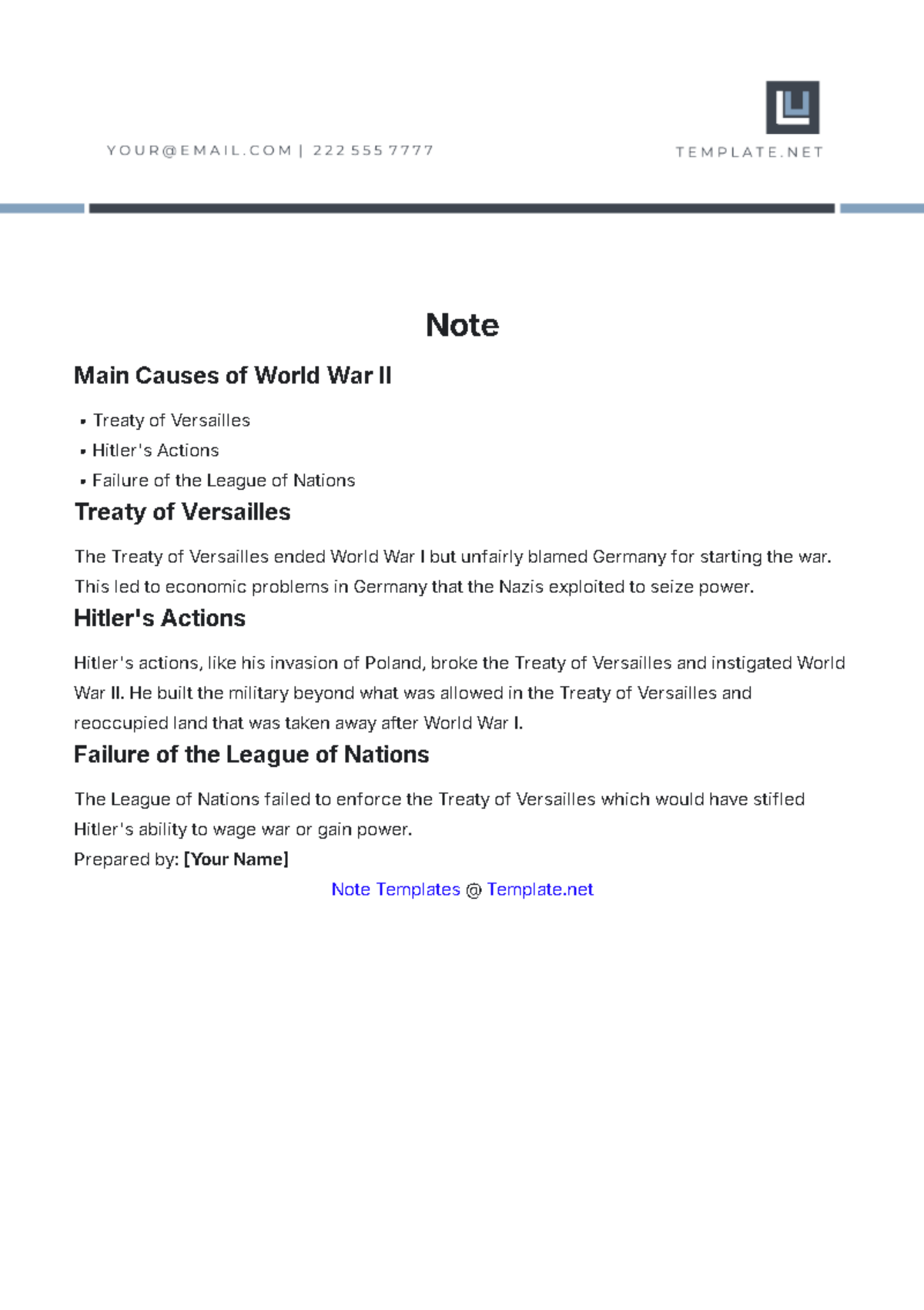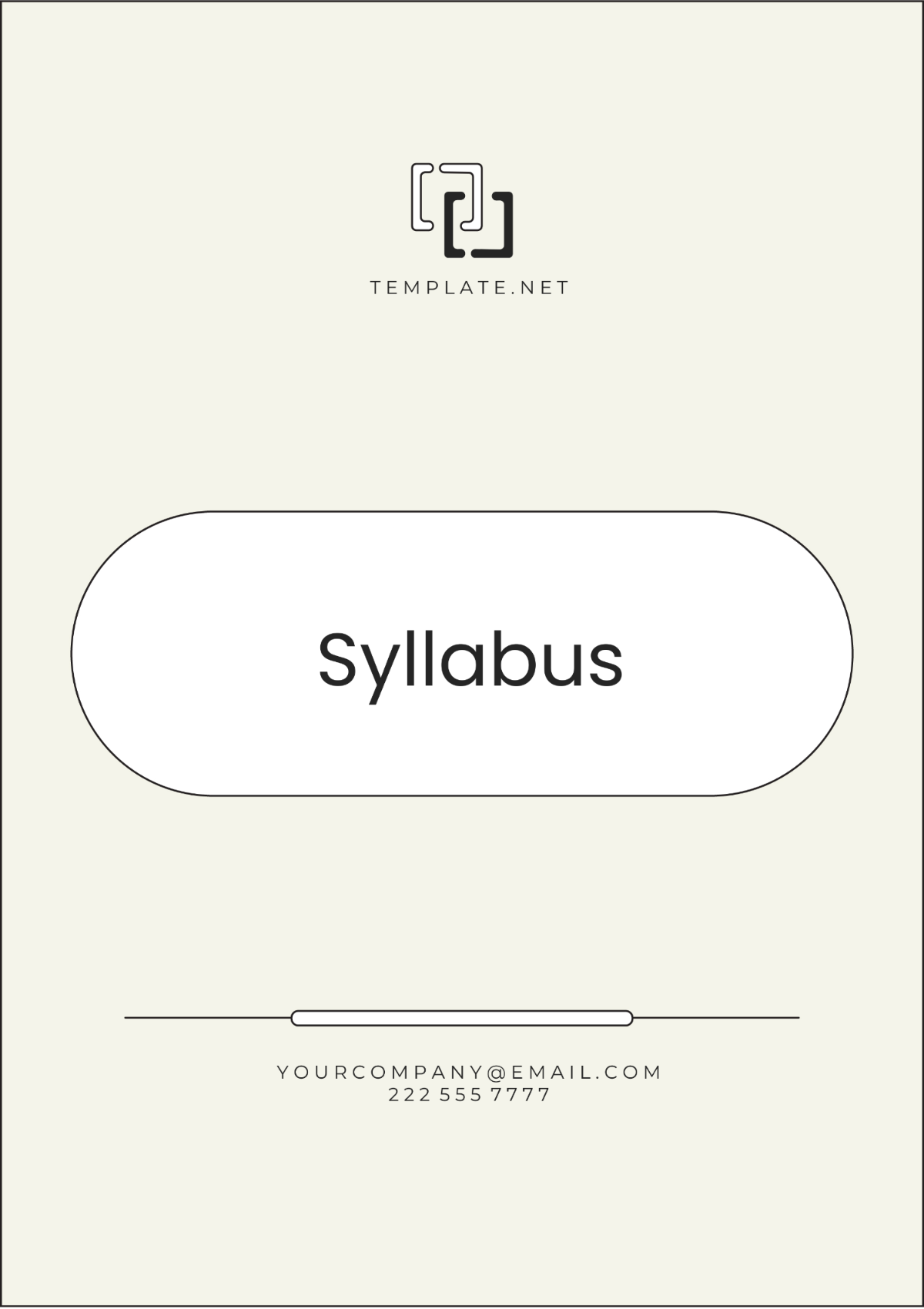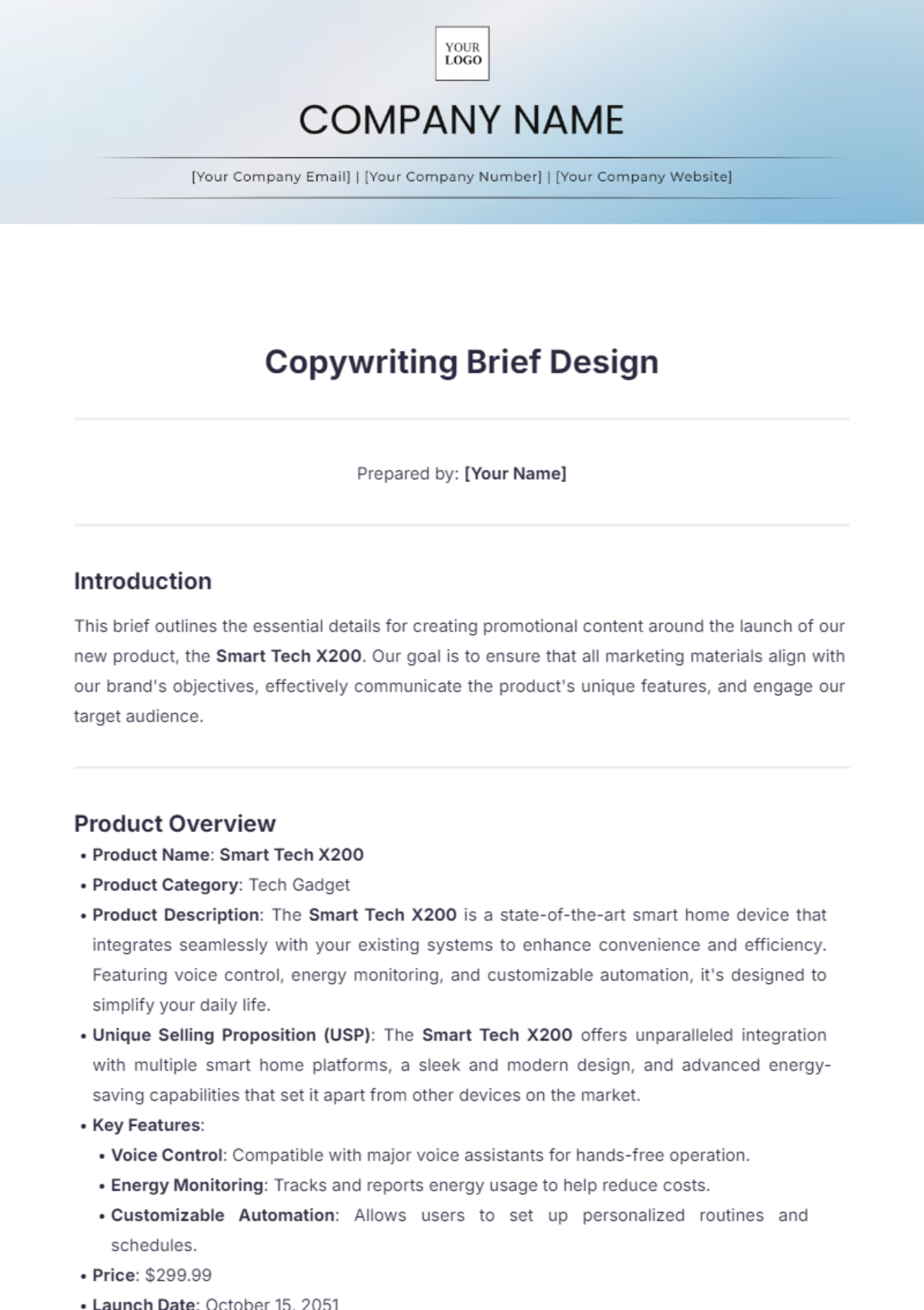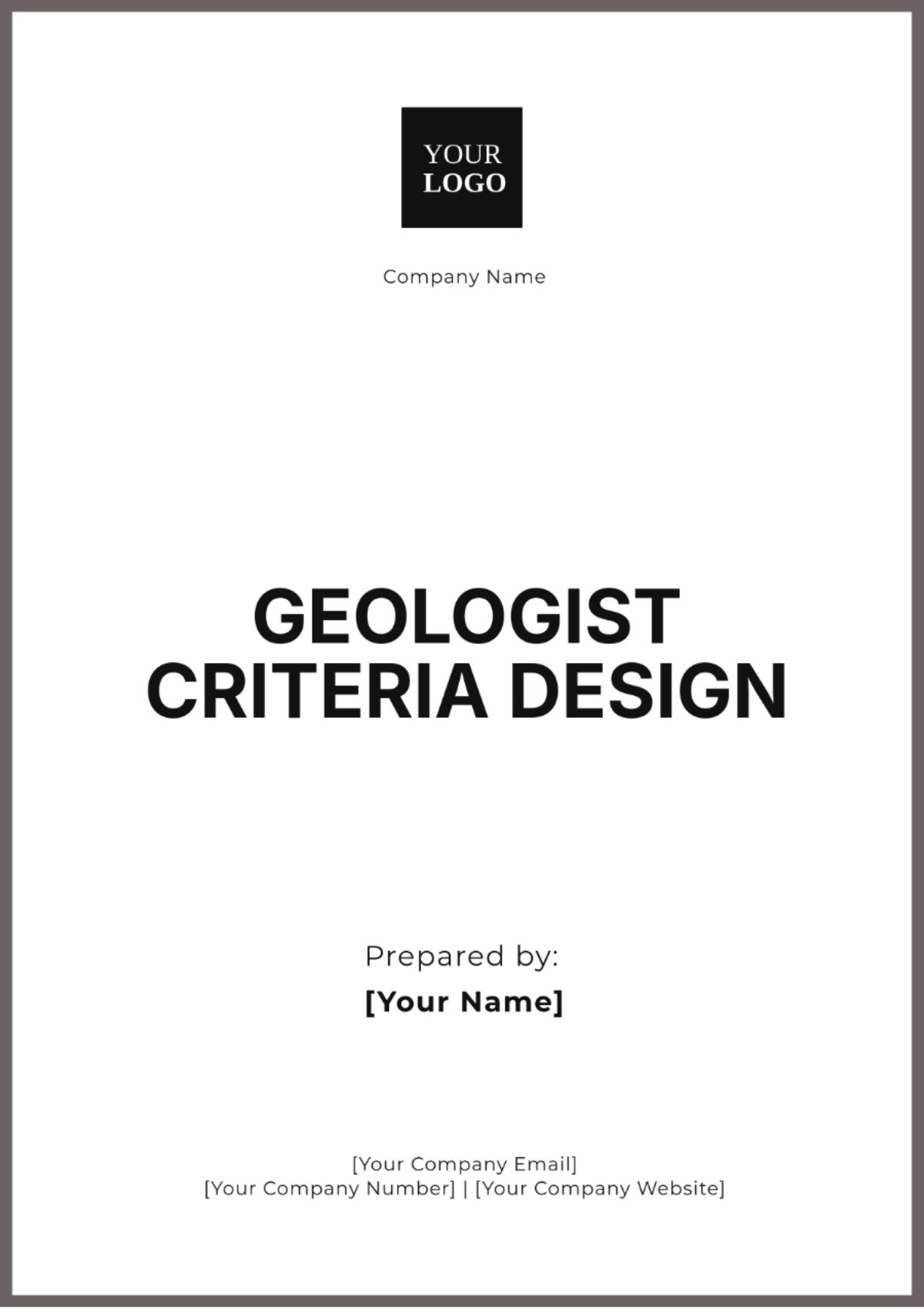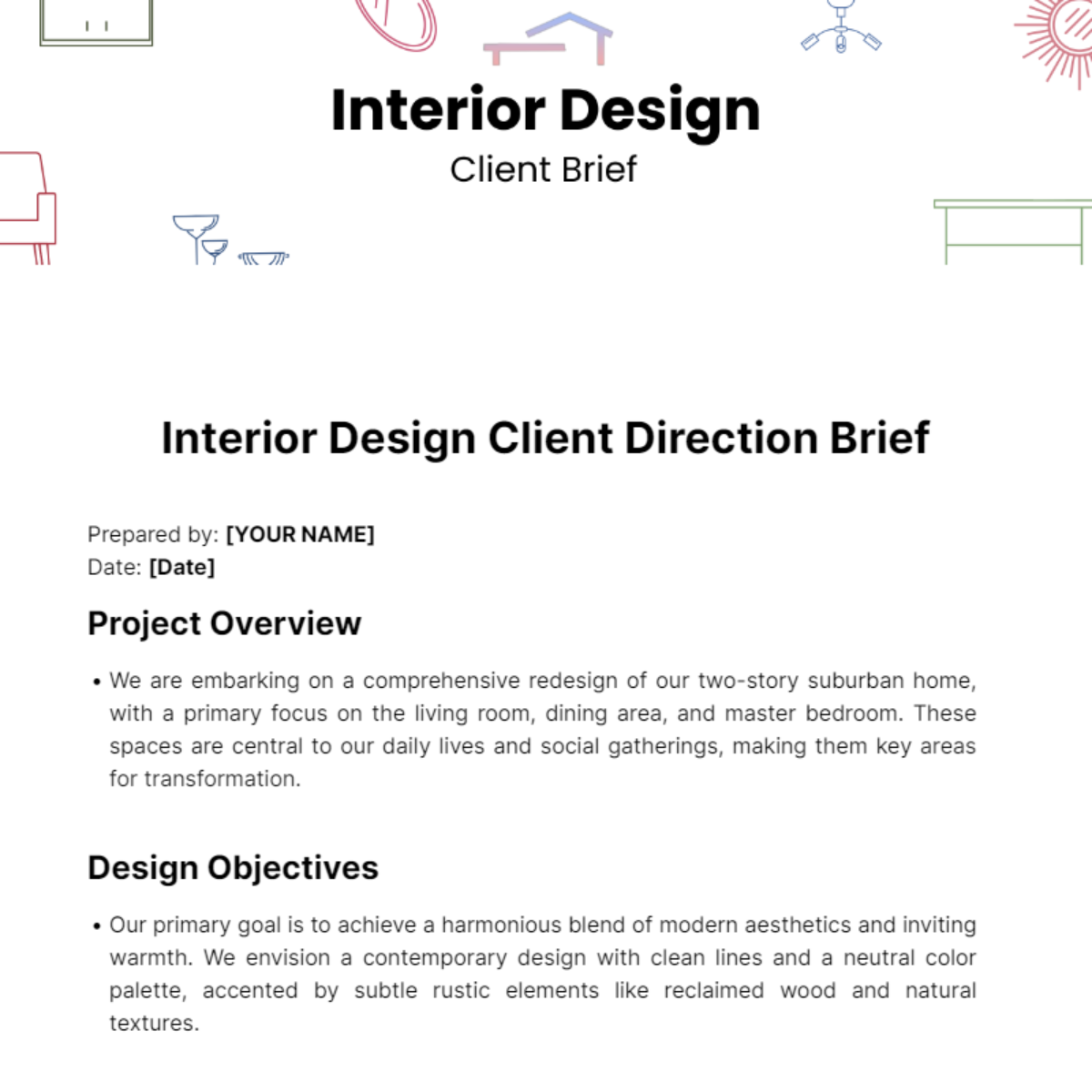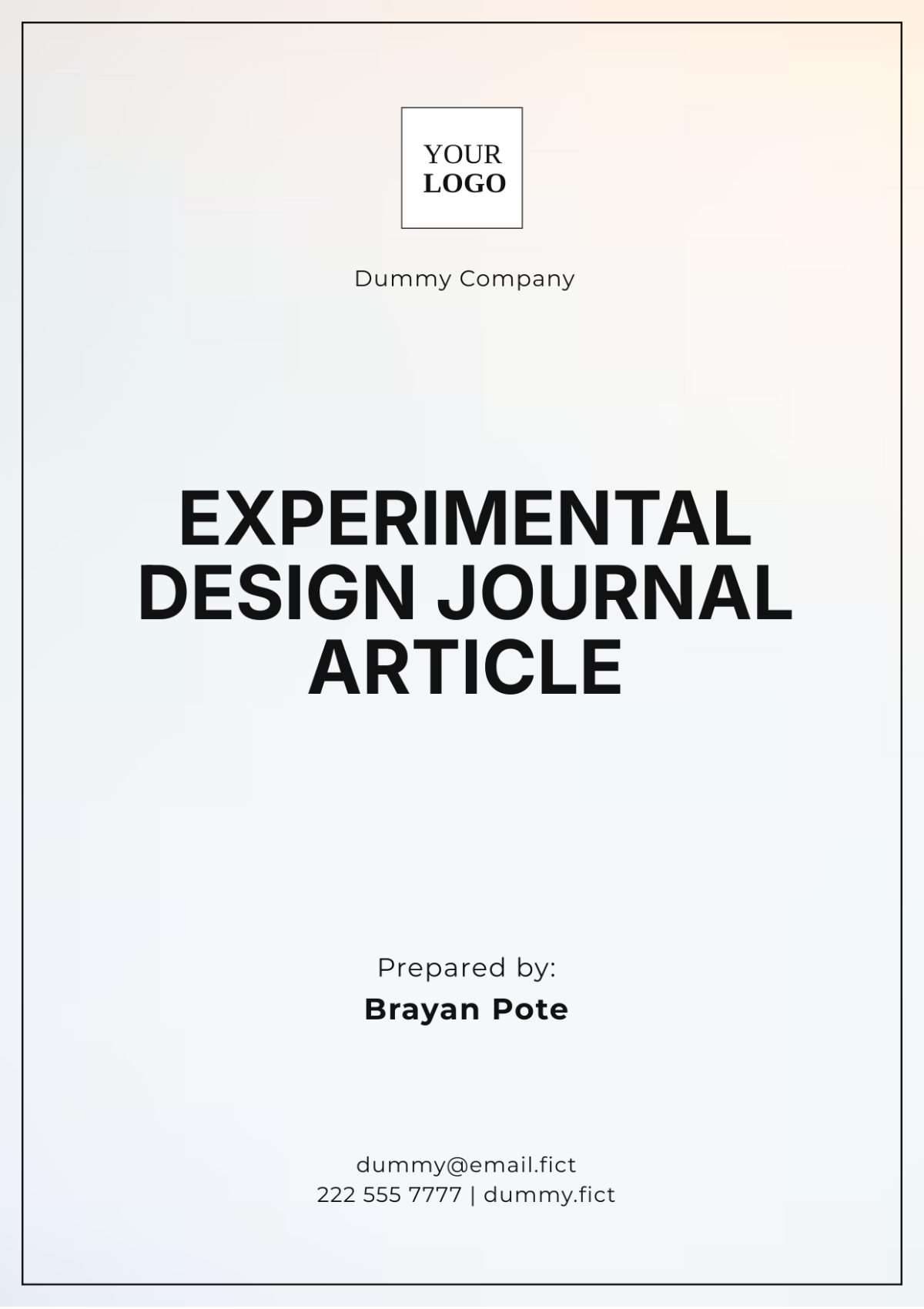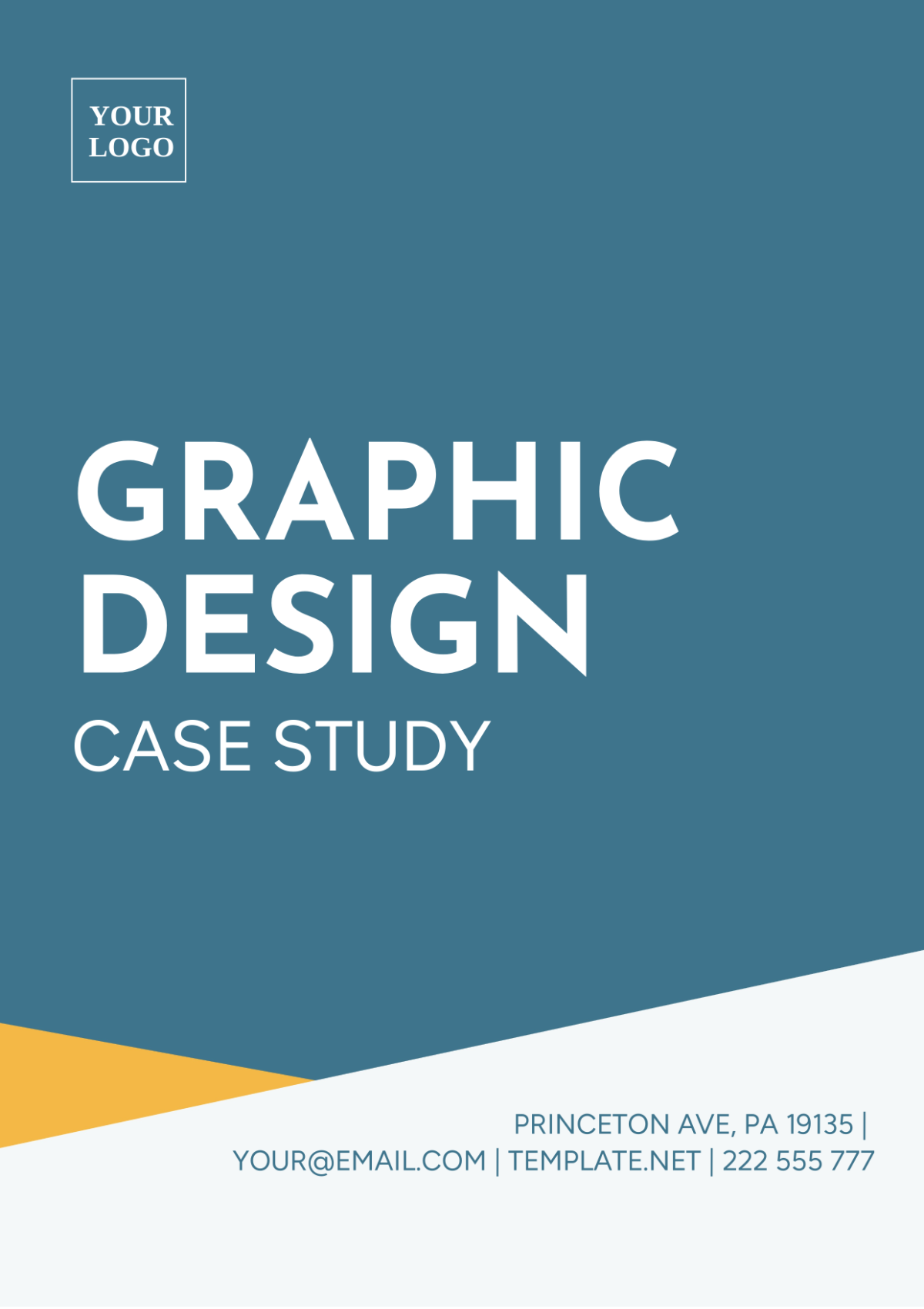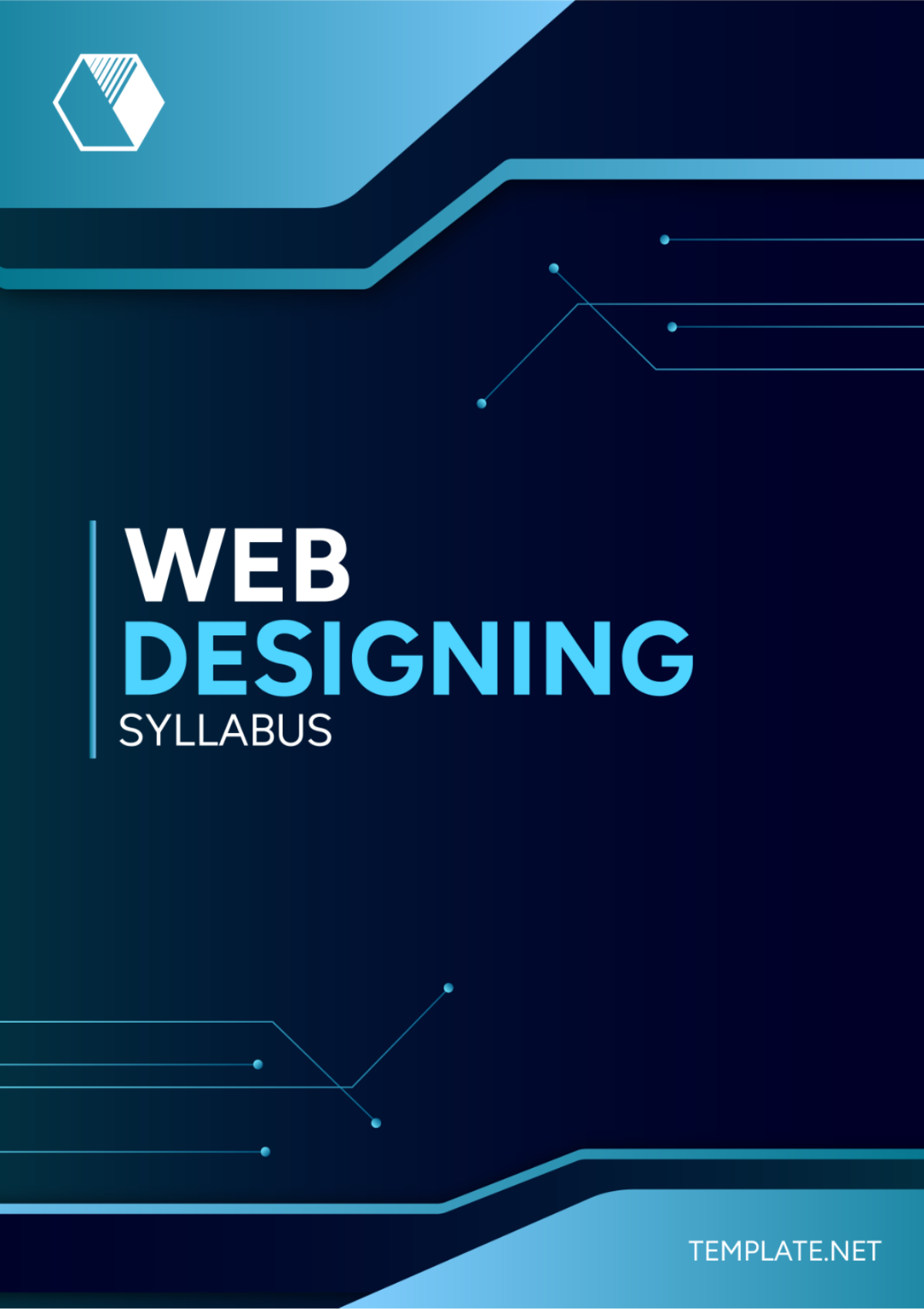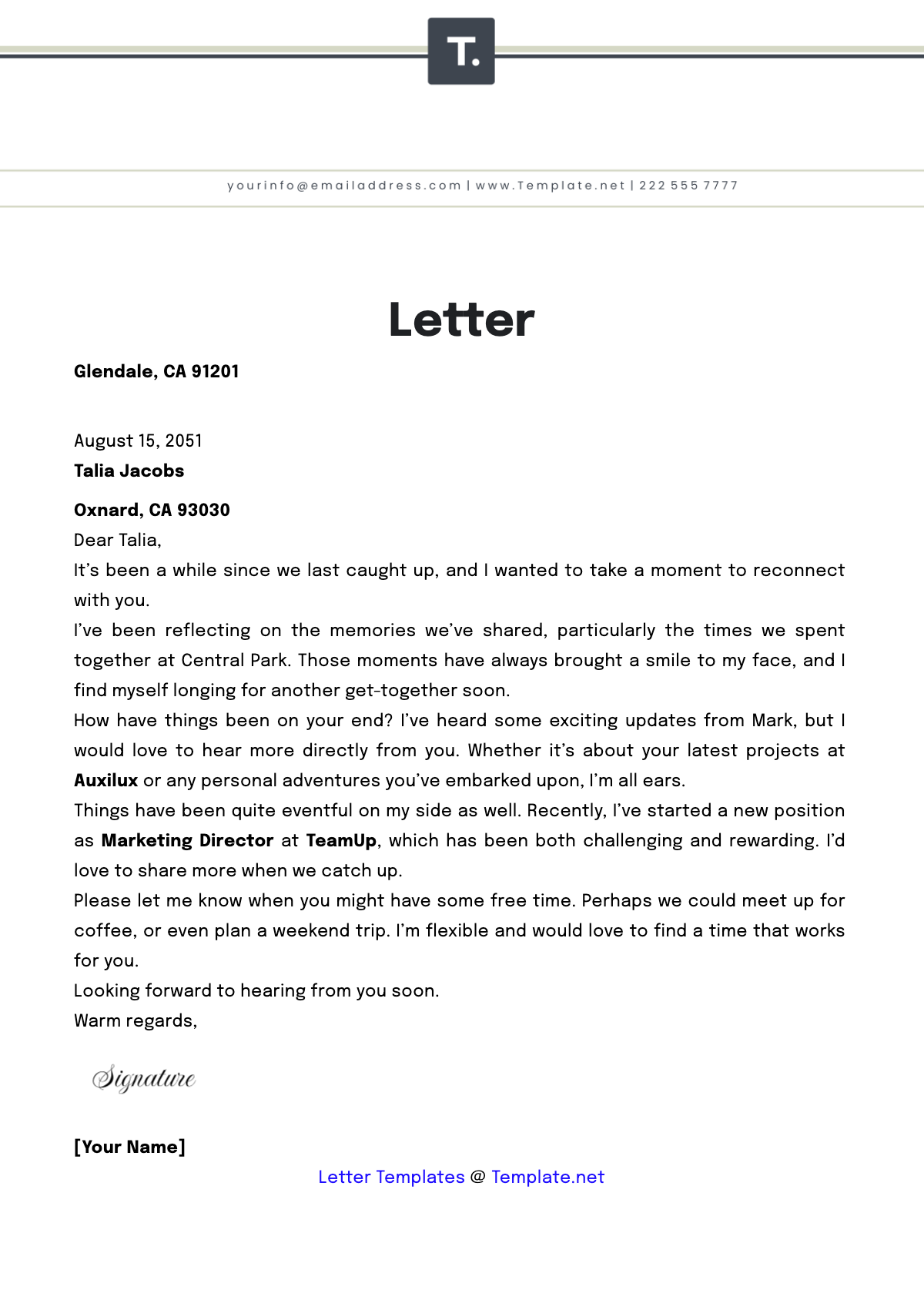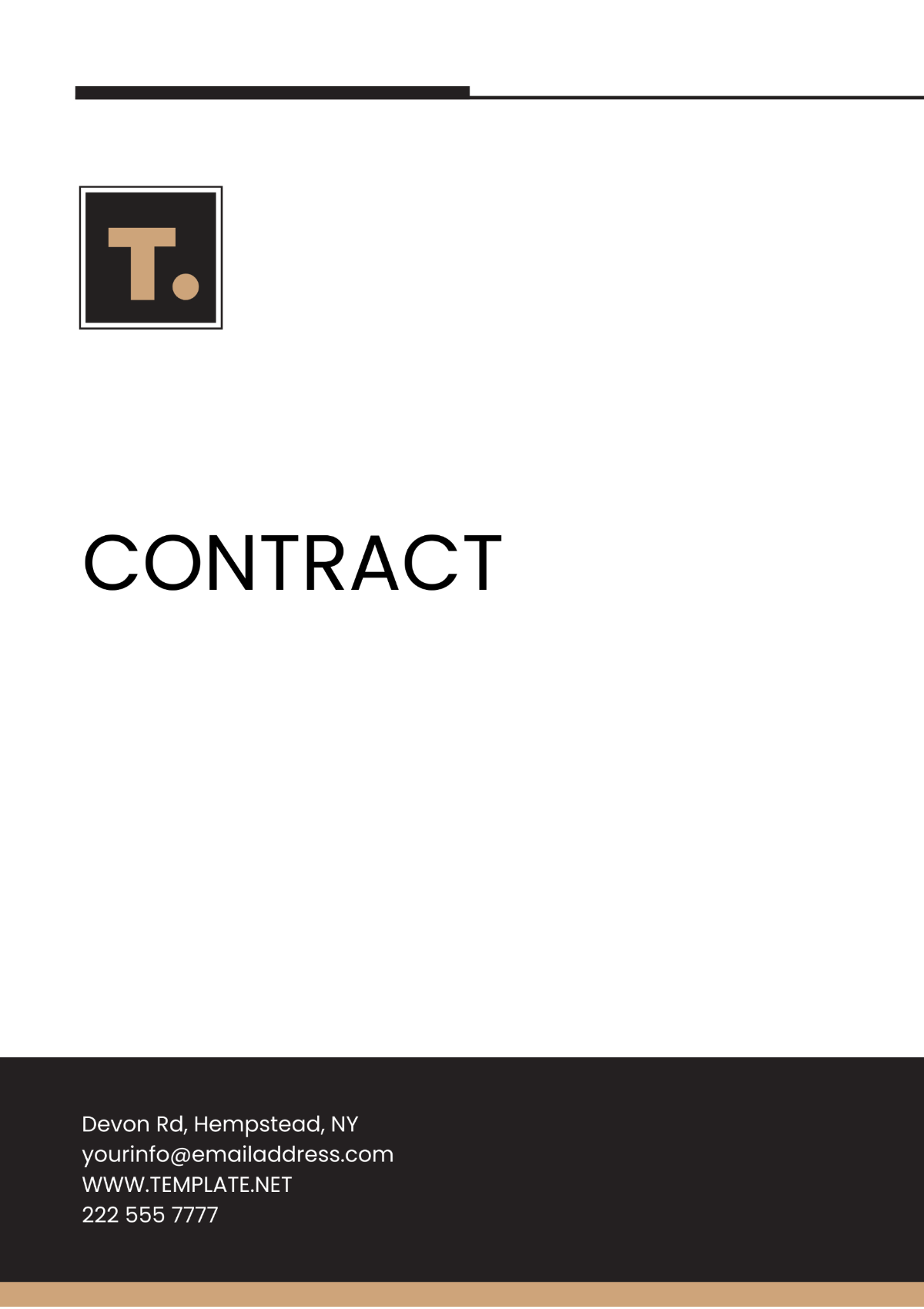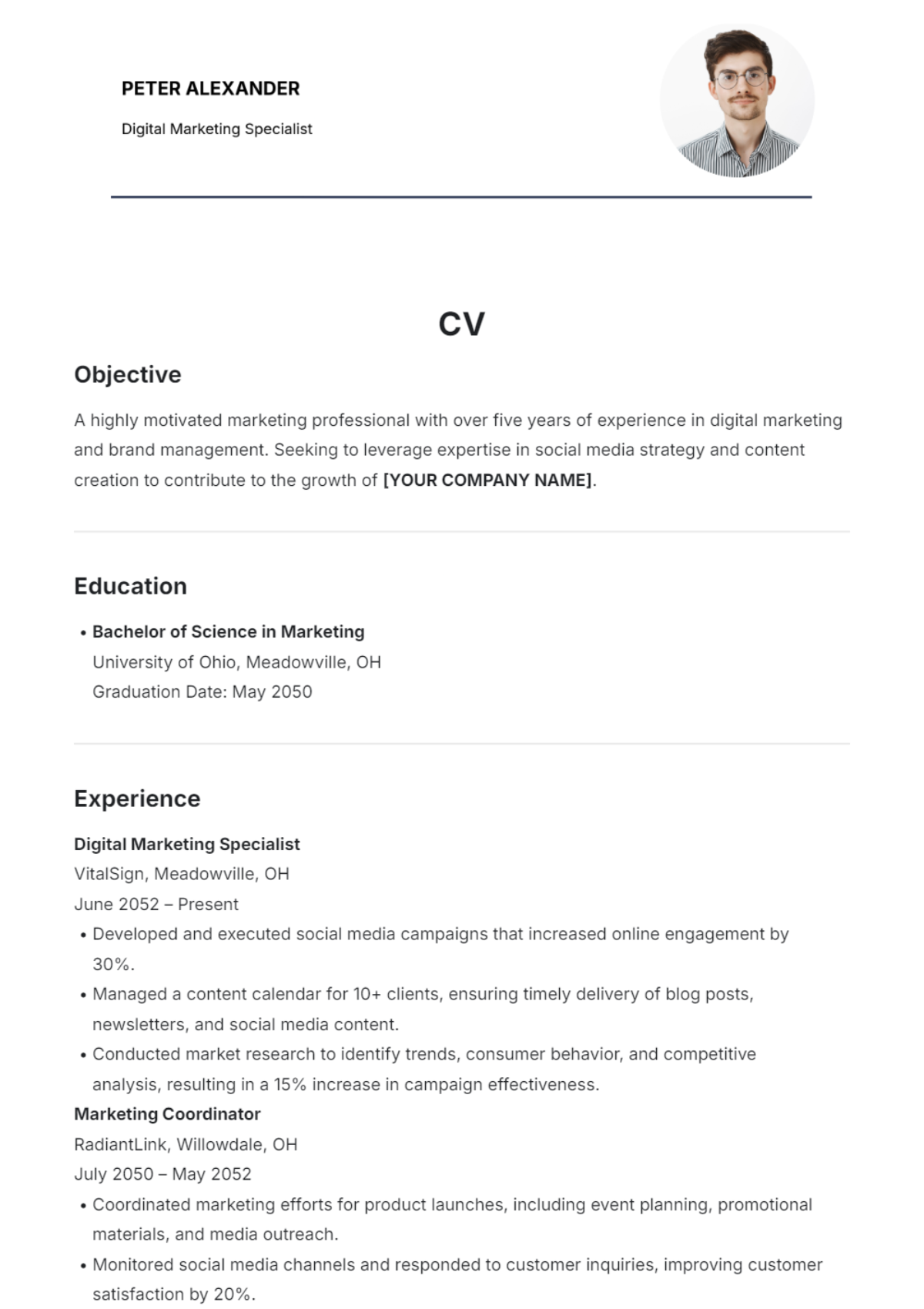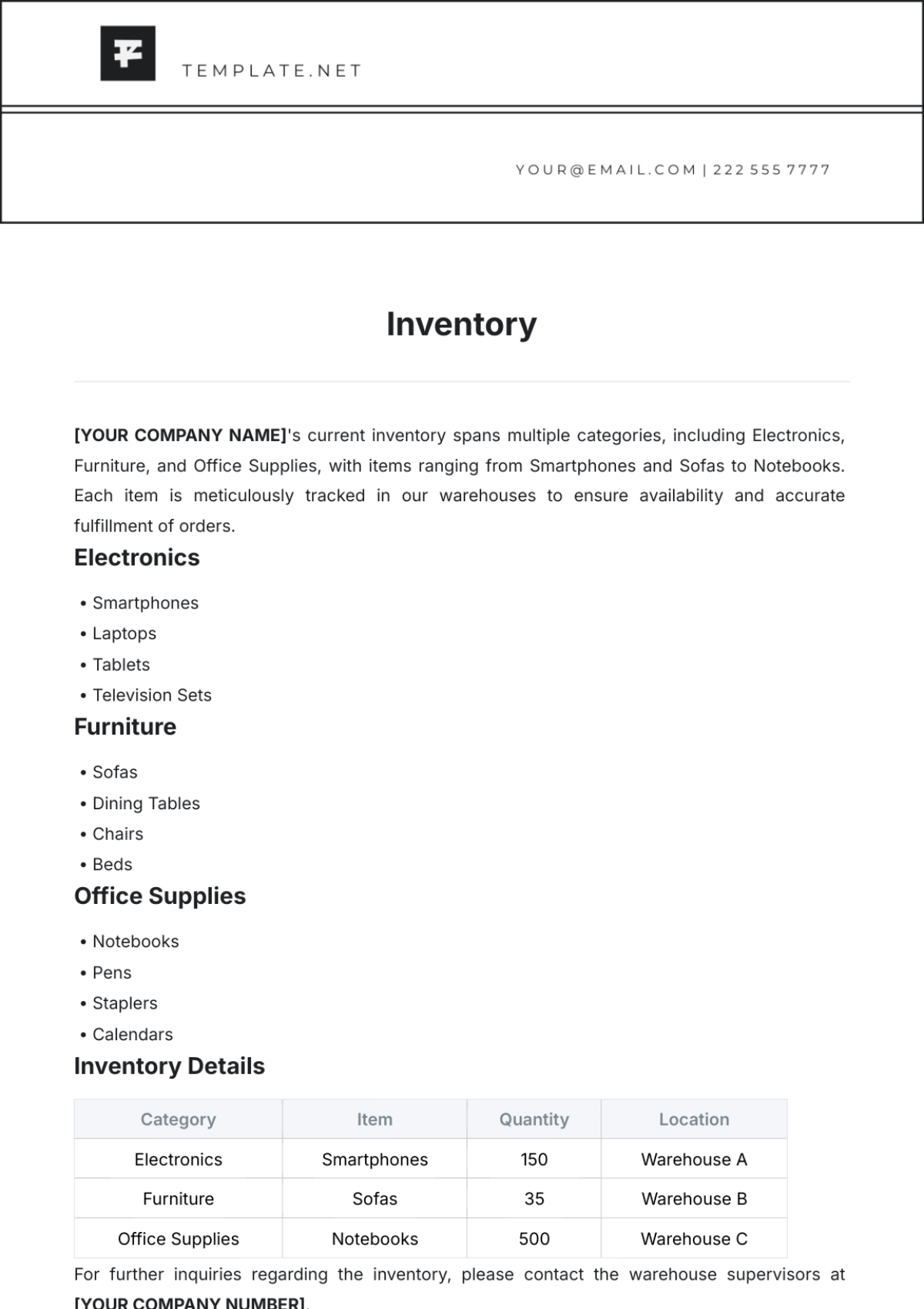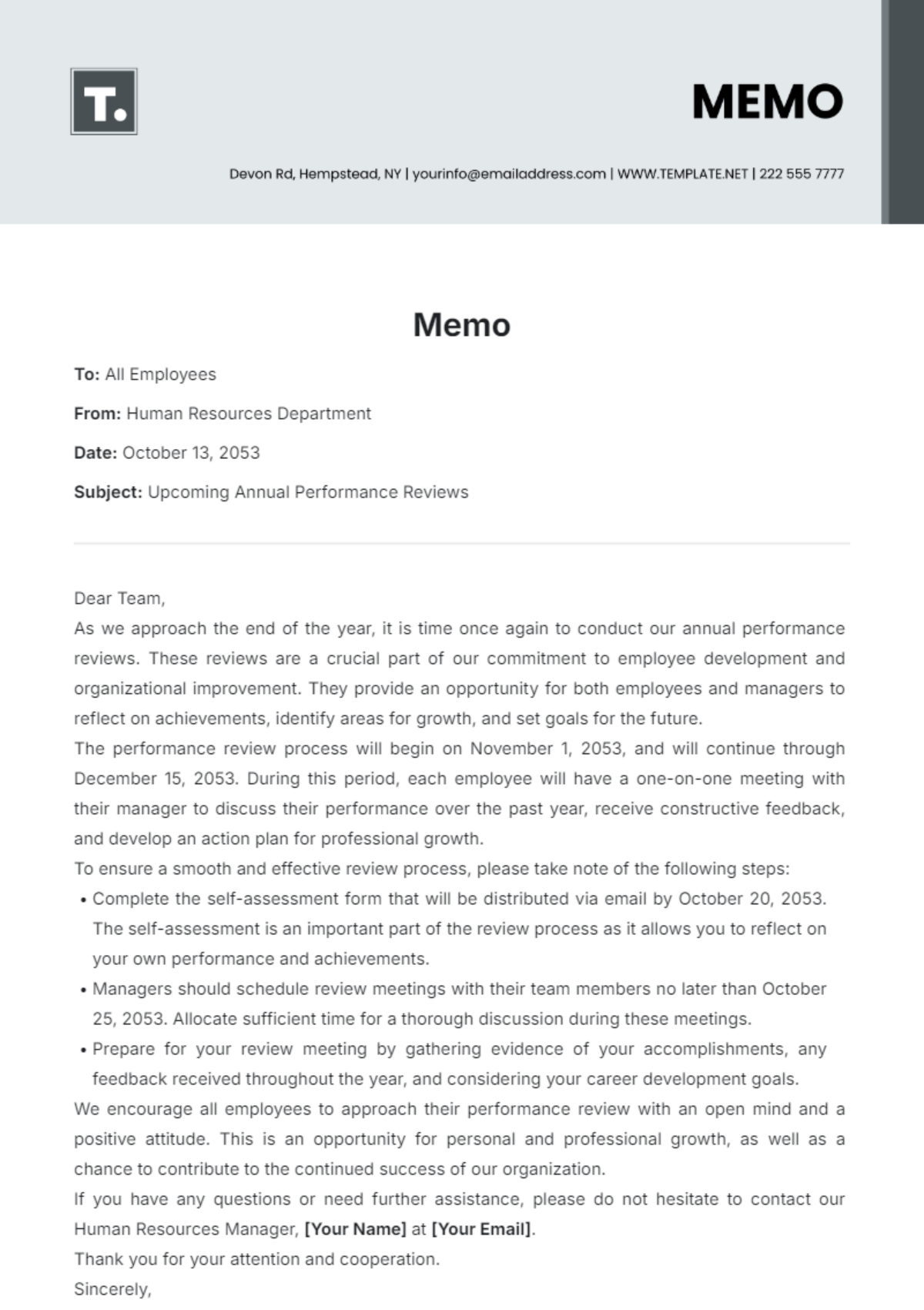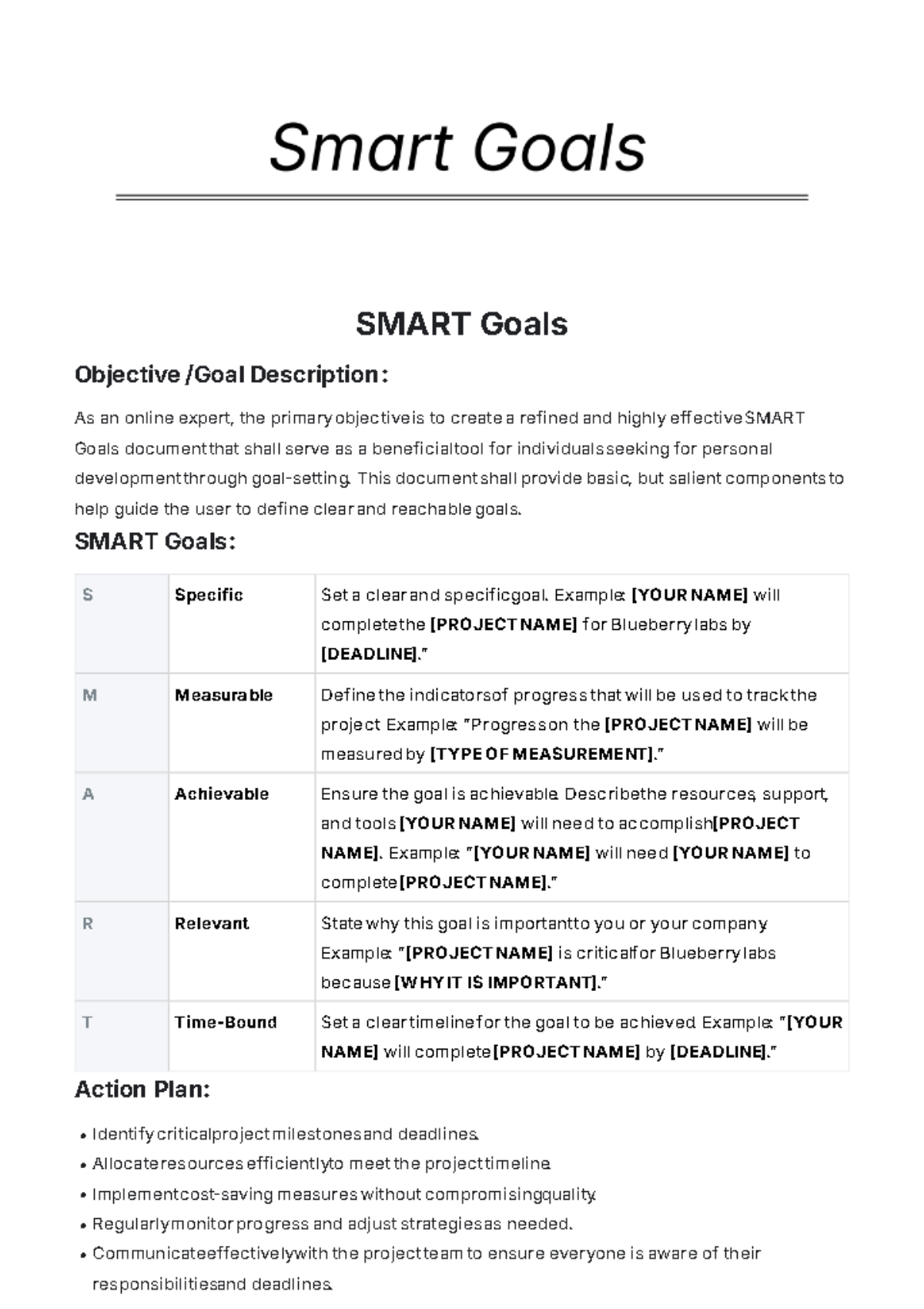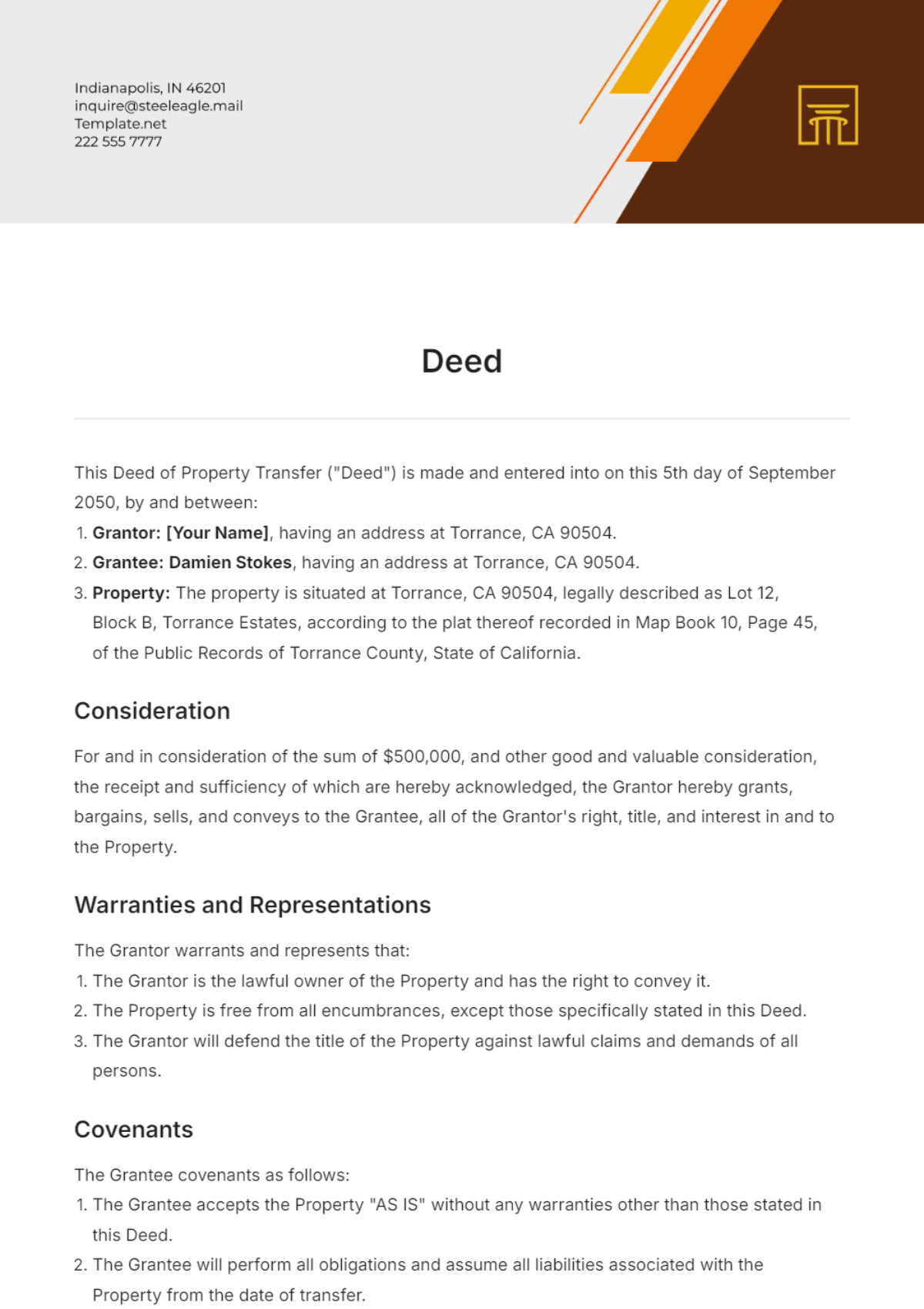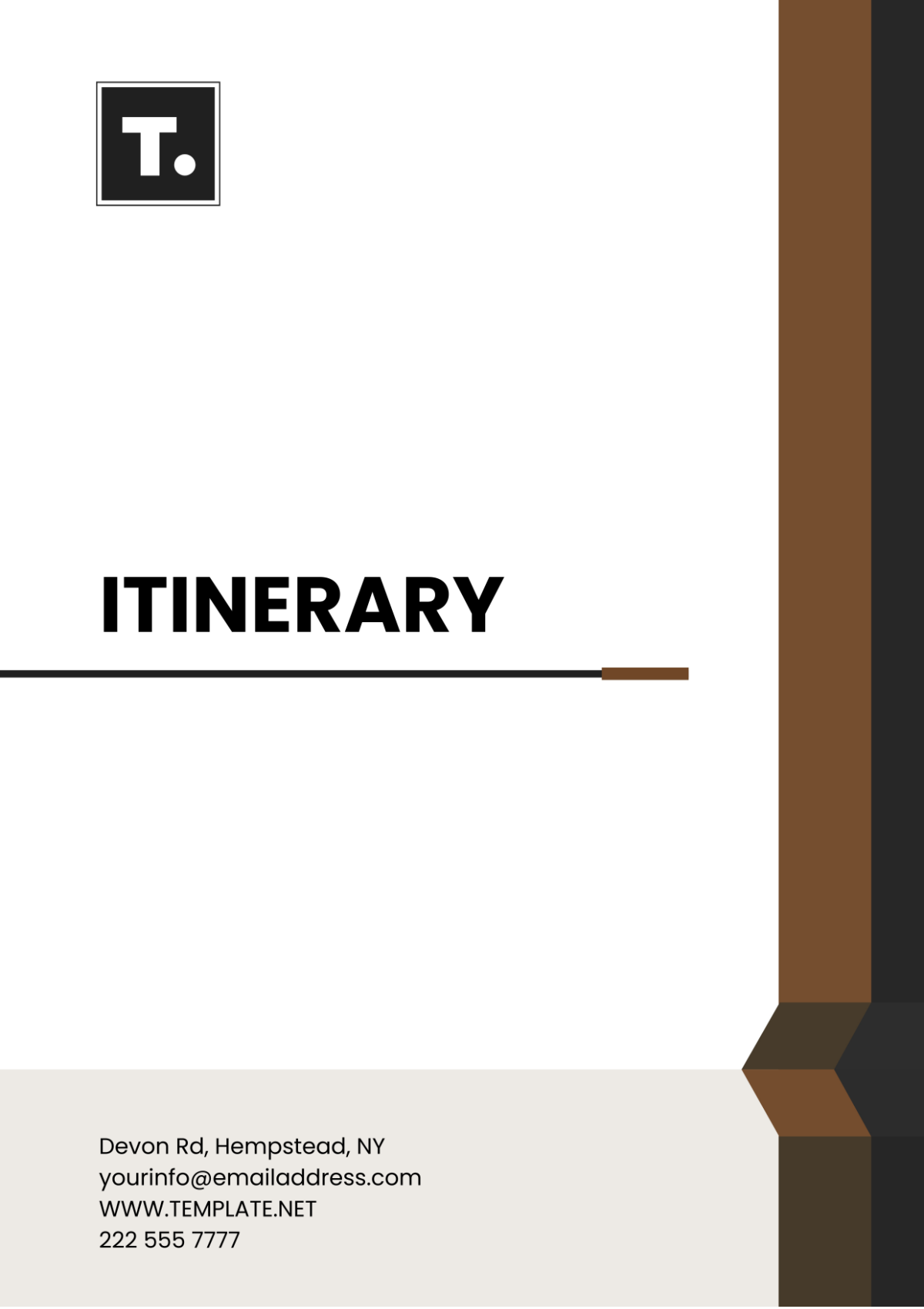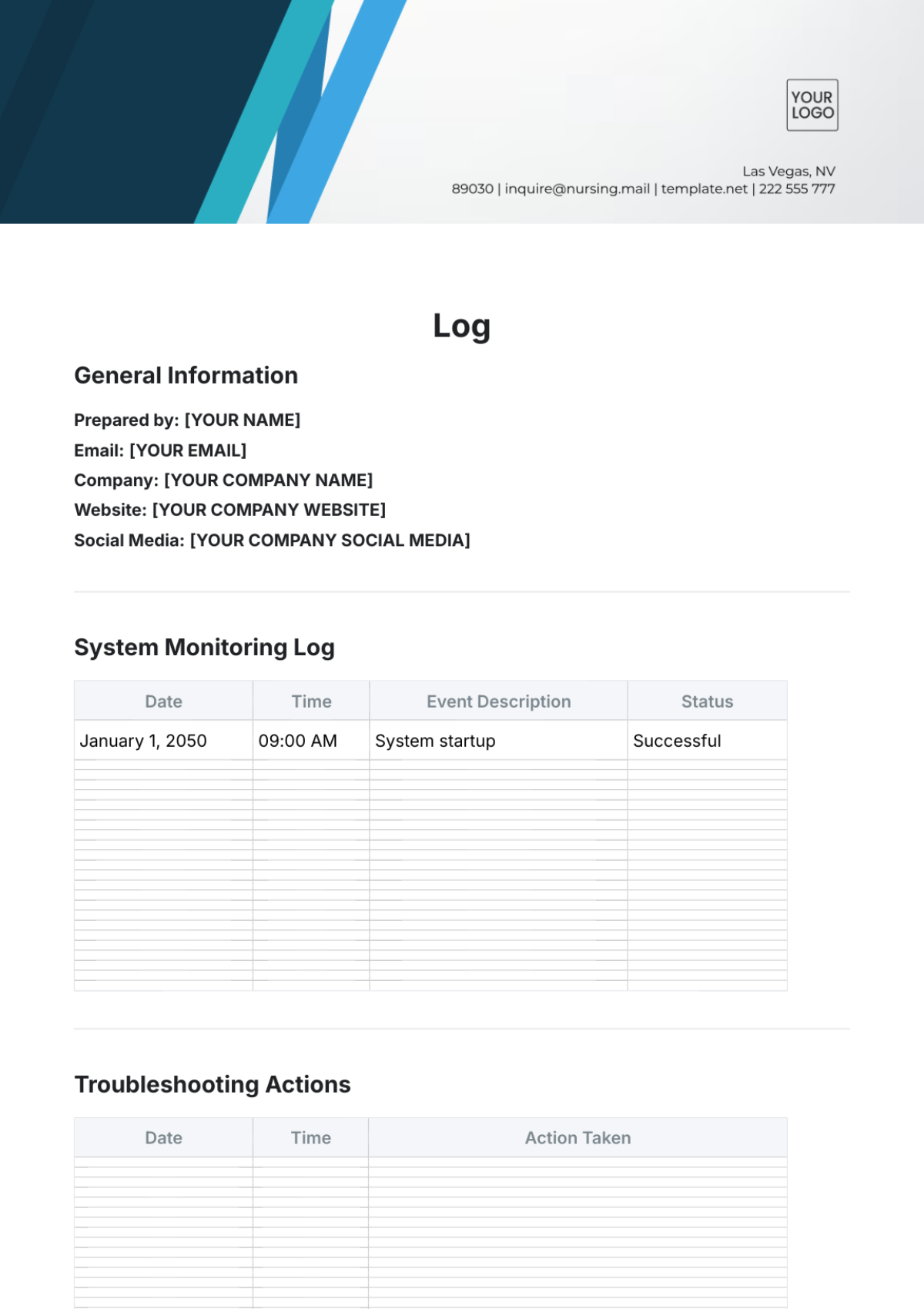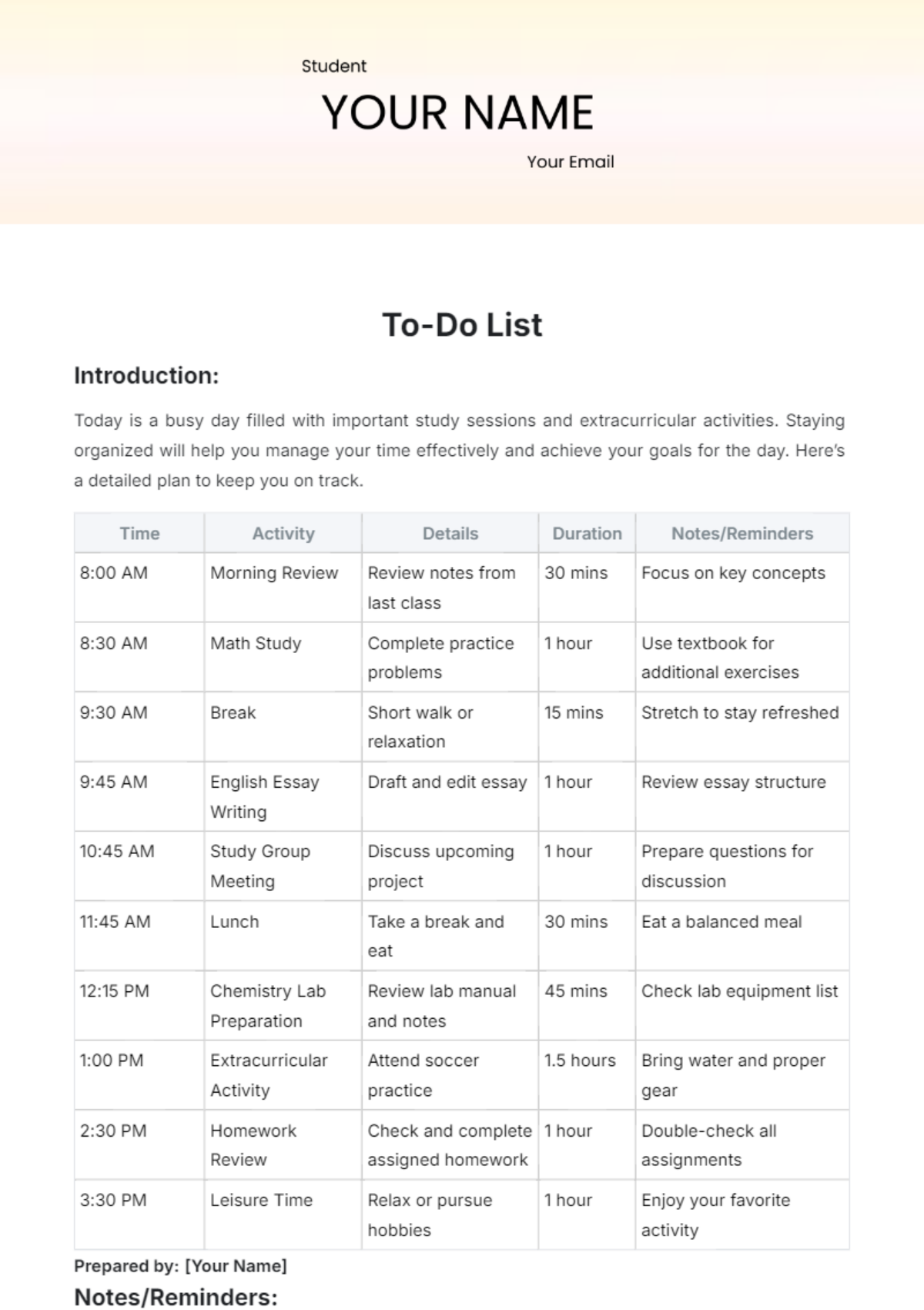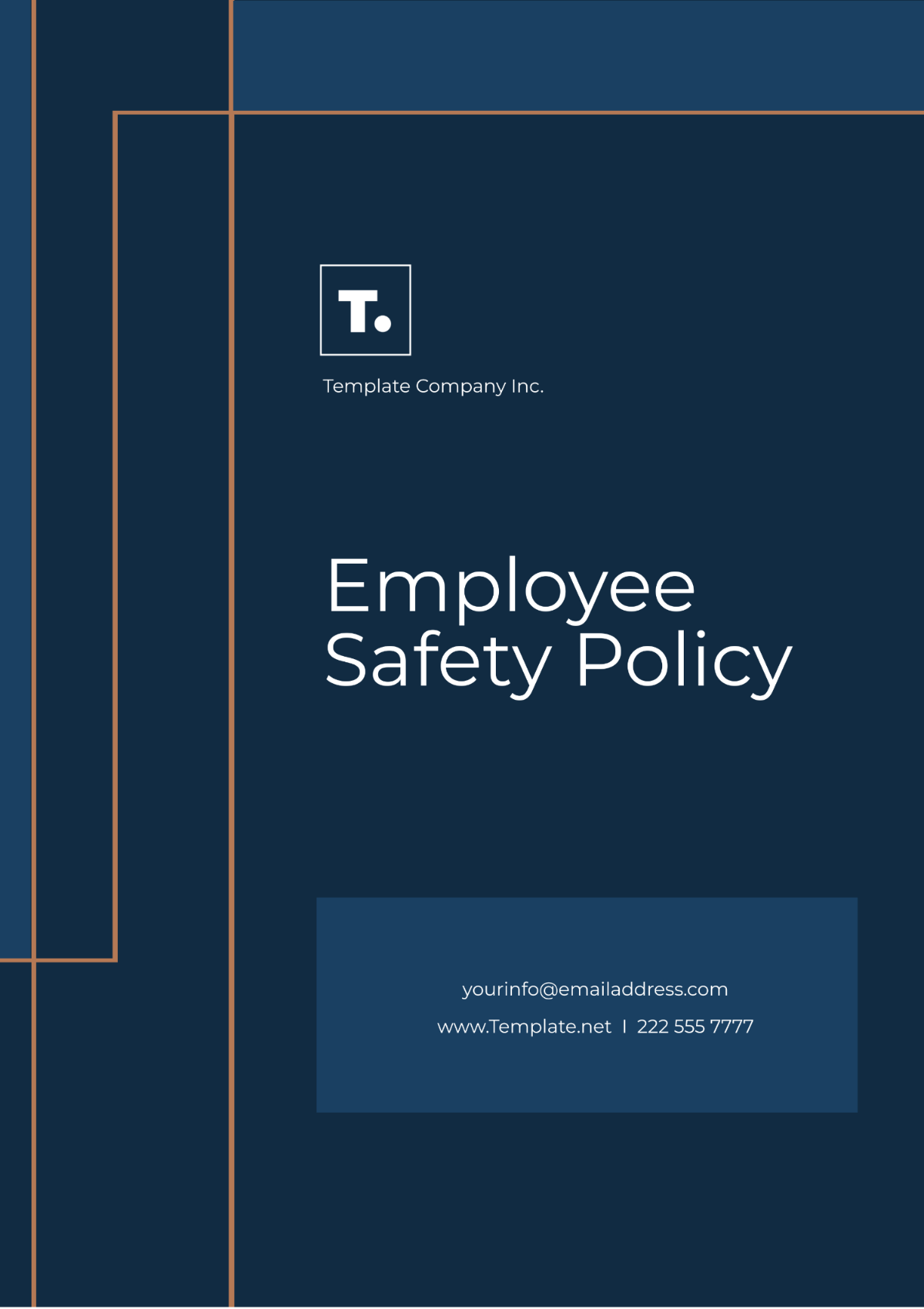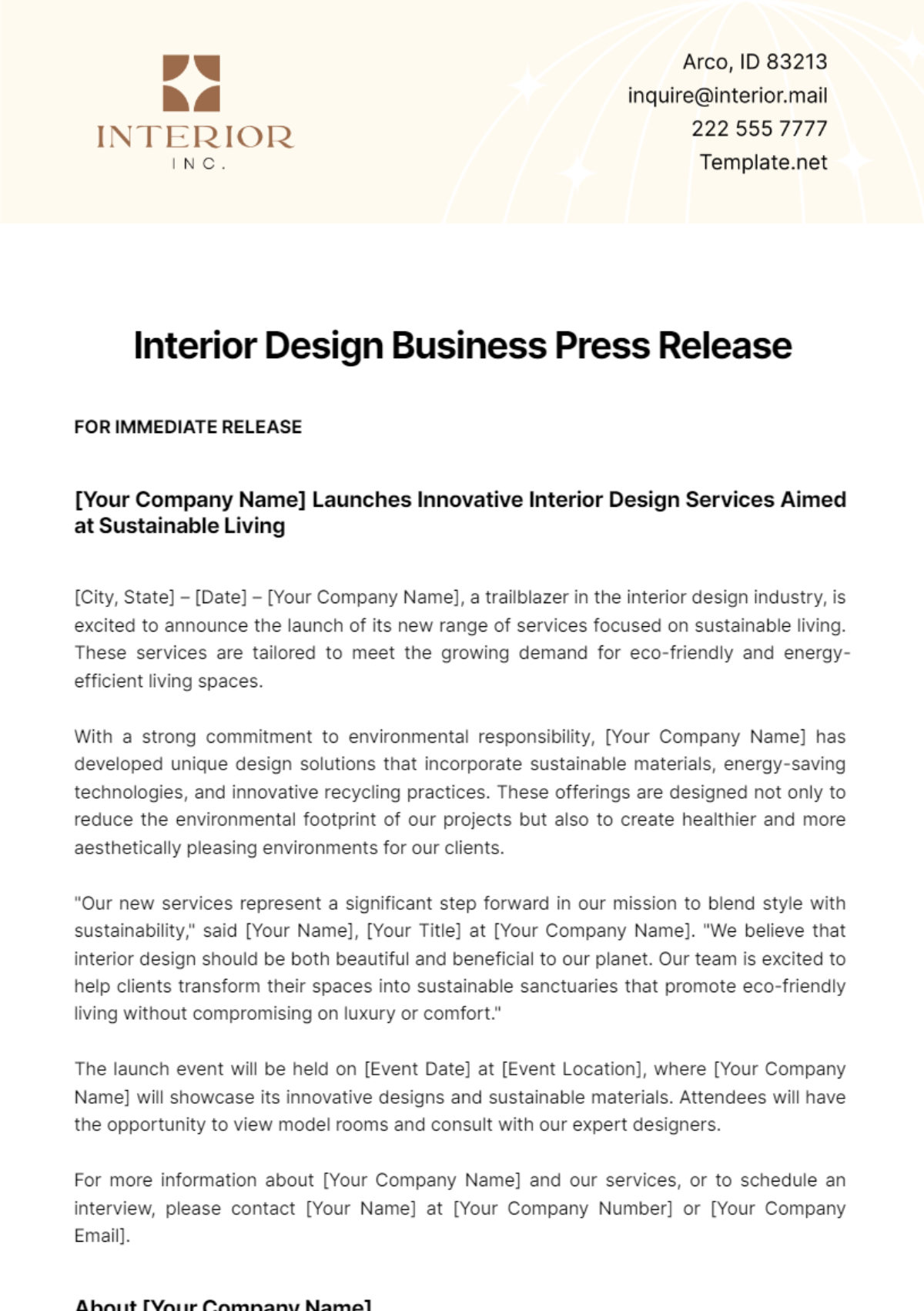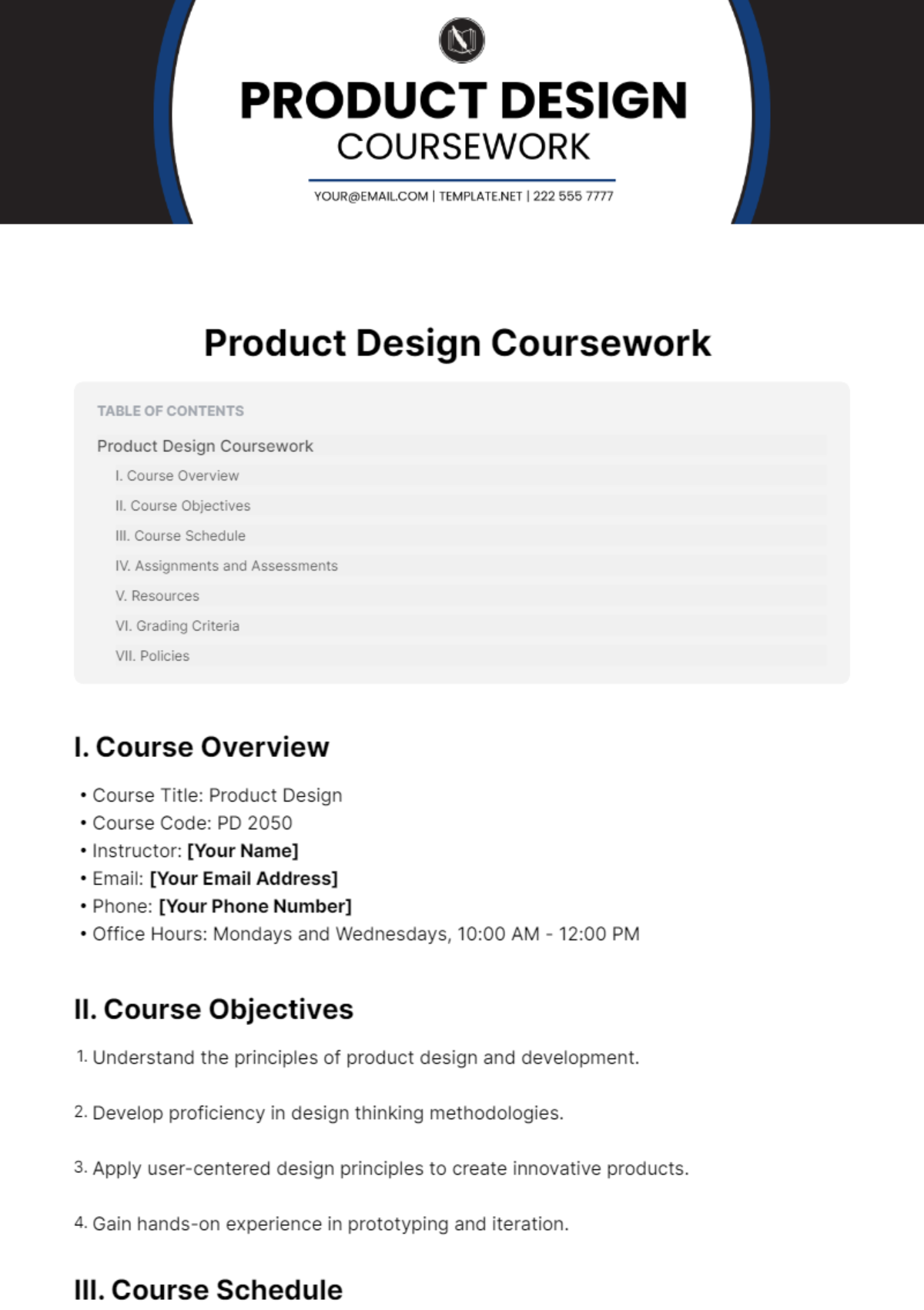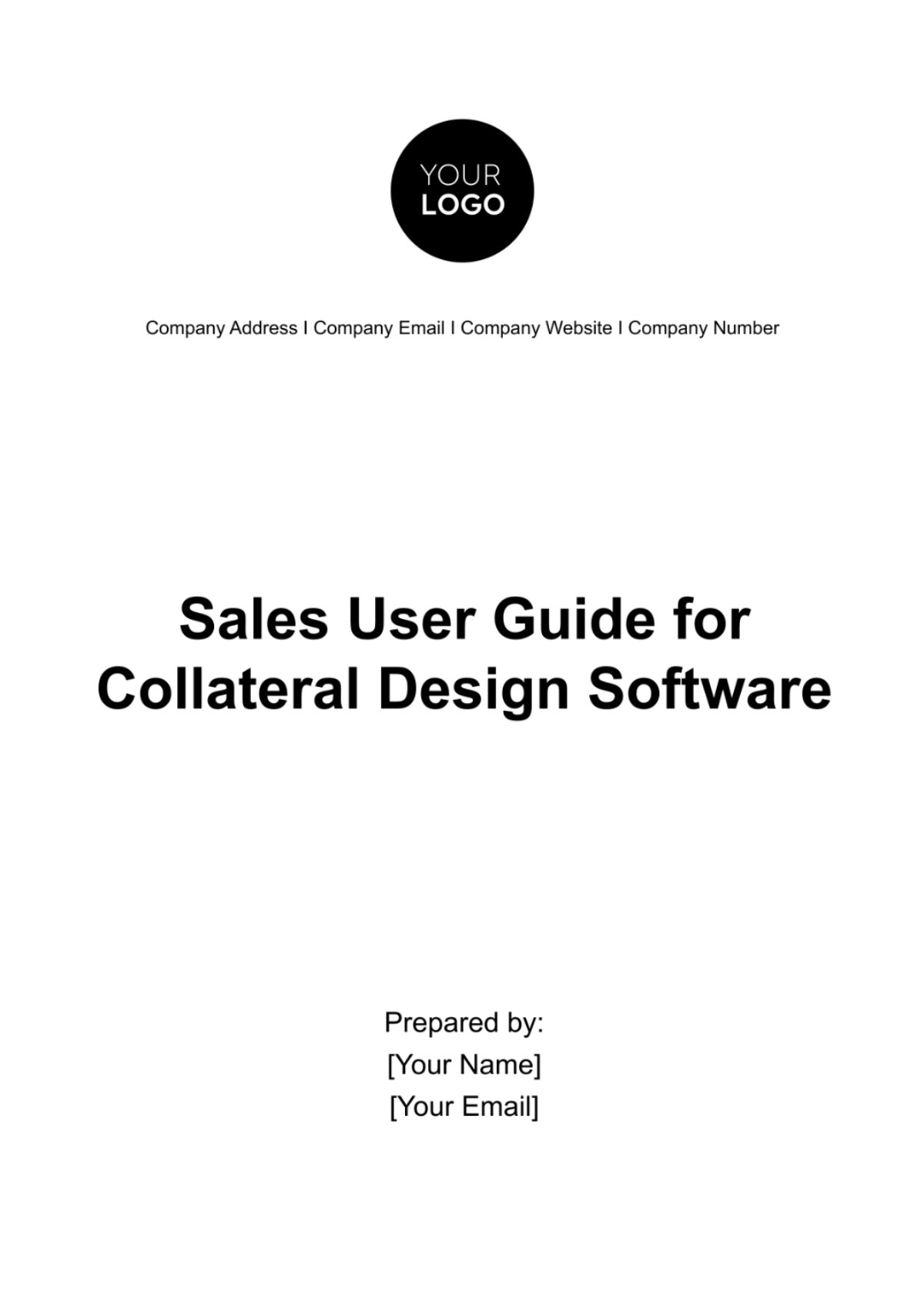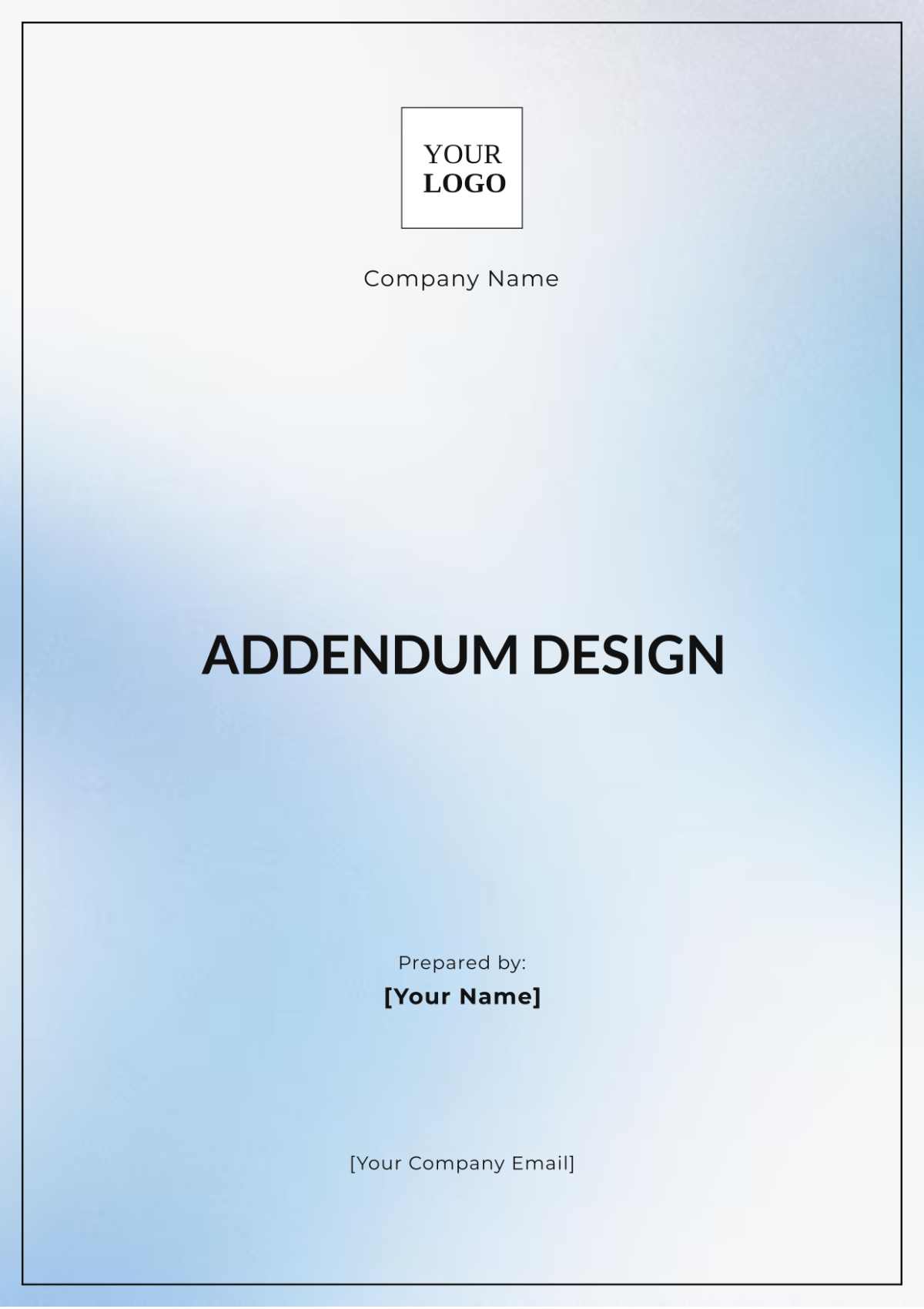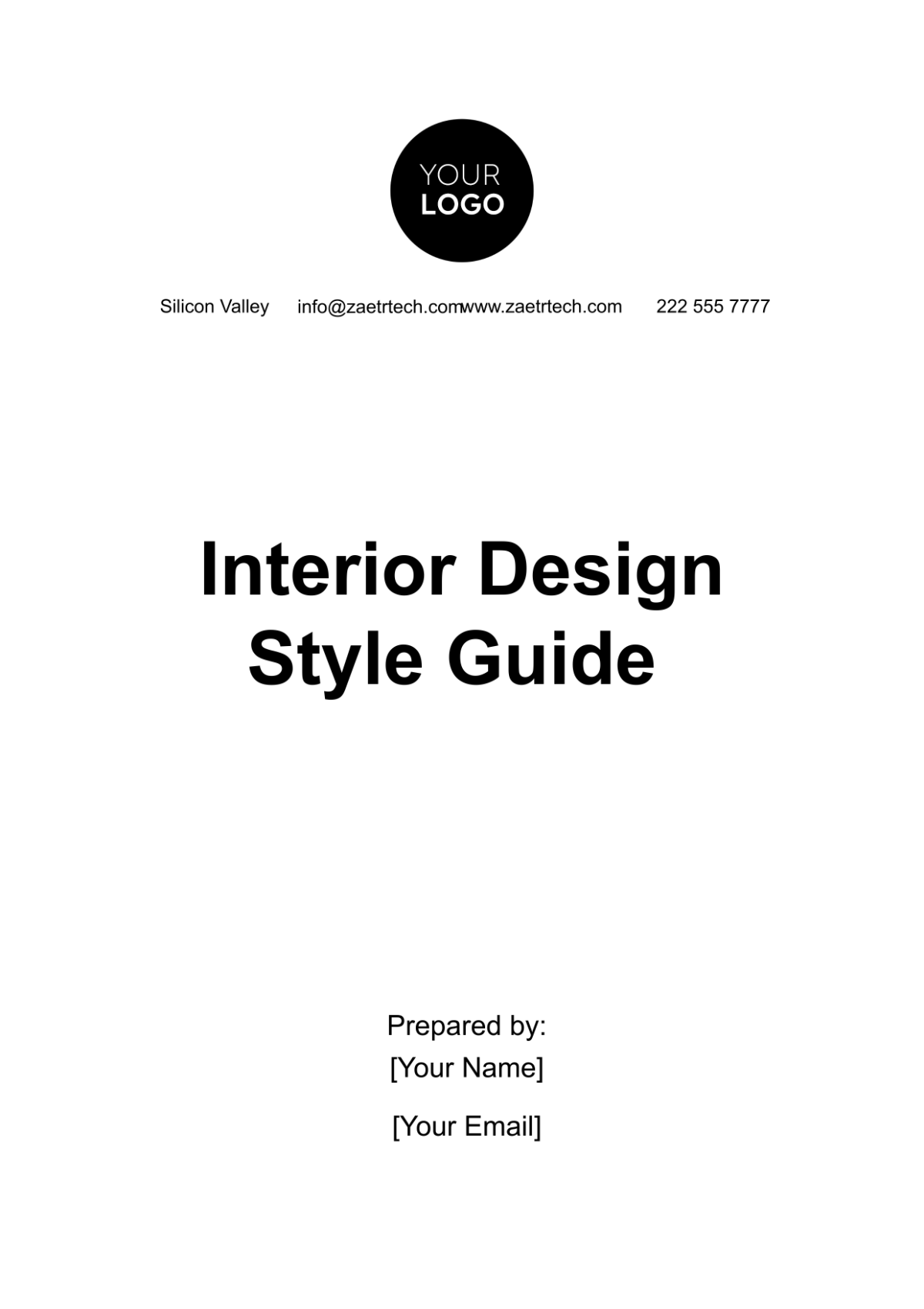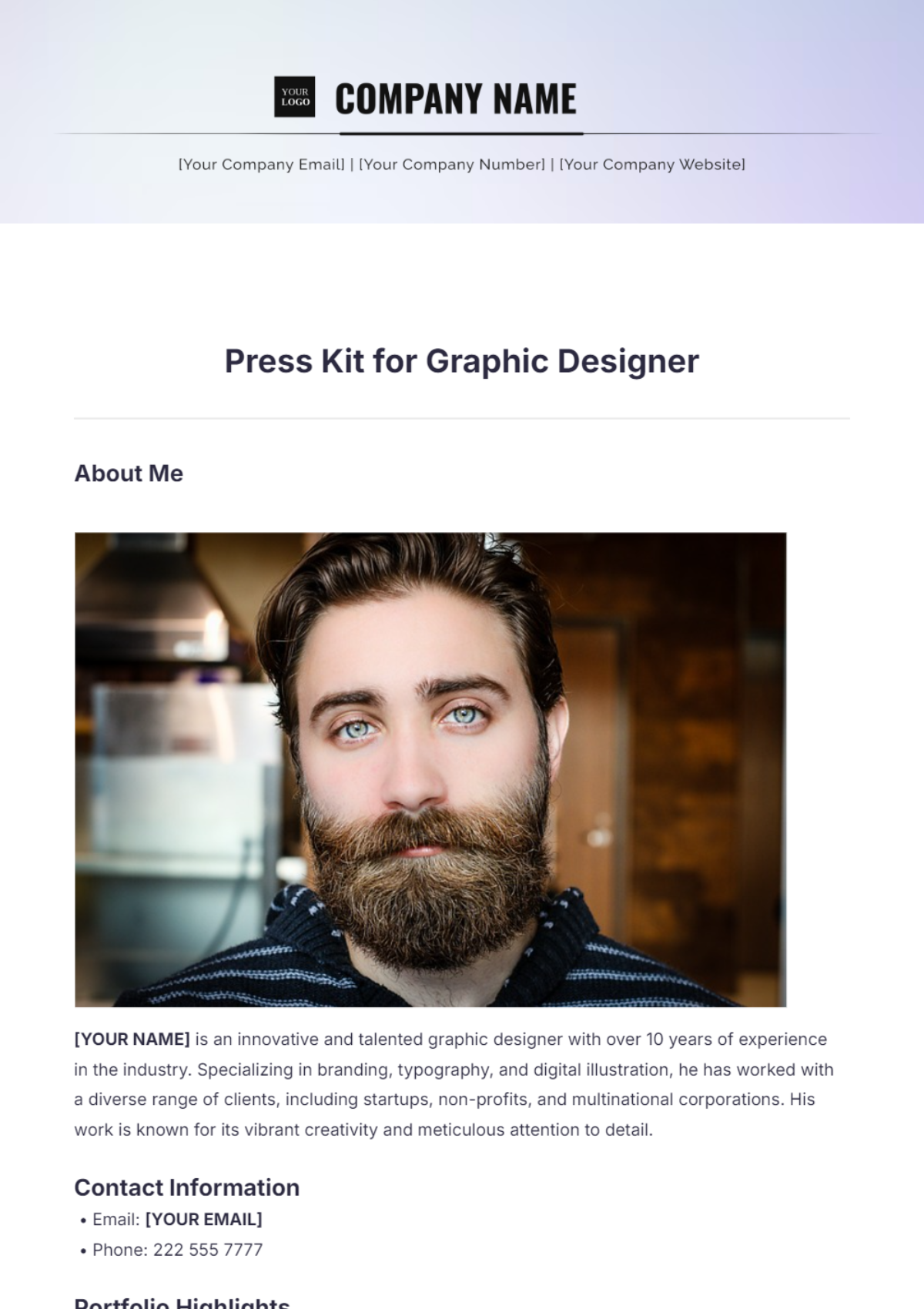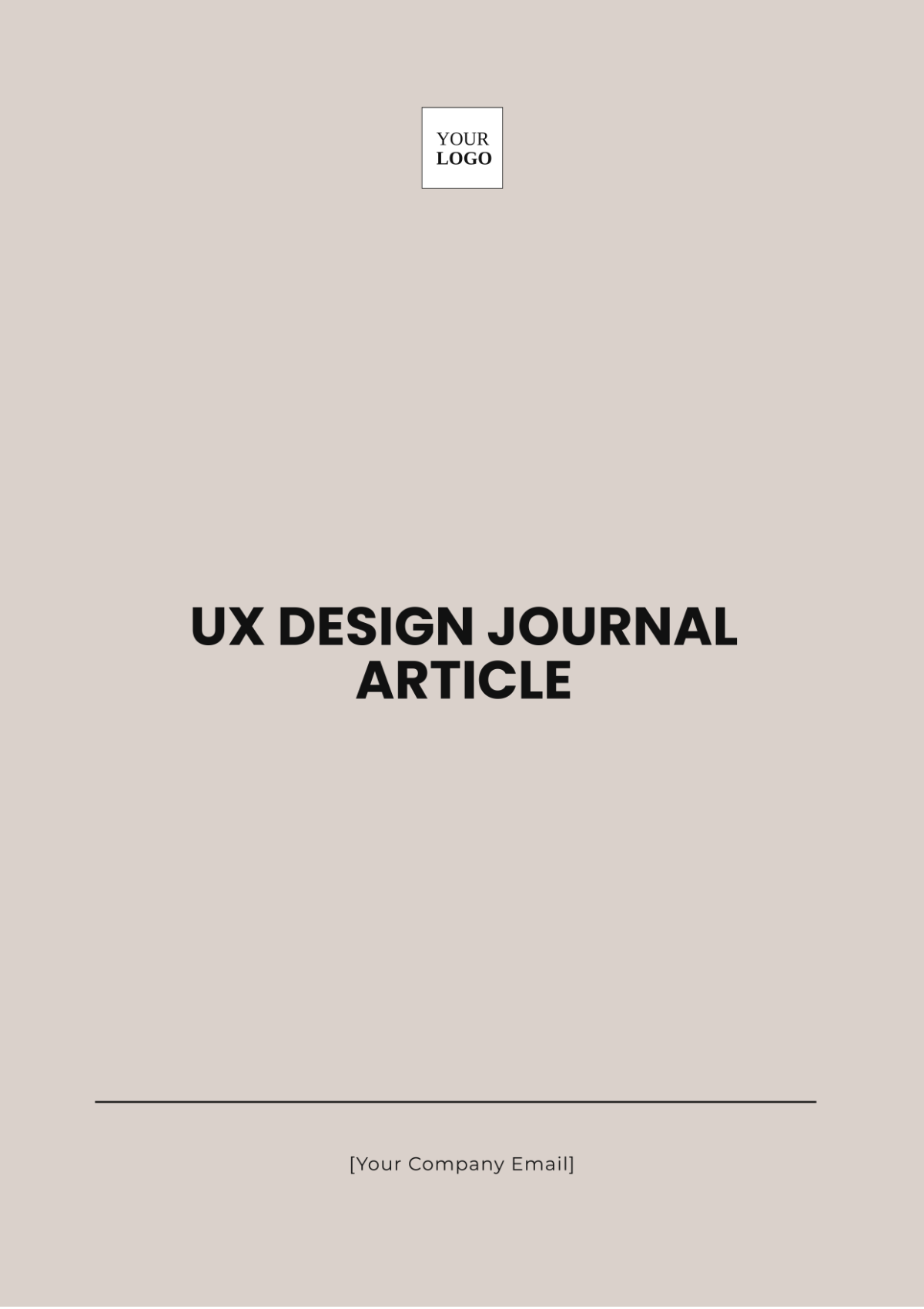Mobile Design Product Requirements Document
I. Introduction
This section provides an overview of the mobile application project, "TravelPal." It outlines the goals and objectives of the project, setting the context for the document.
Project Overview: TravelPal aims to revolutionize travel planning by offering a comprehensive solution for users to plan, book, and share their travel experiences seamlessly.
Audience: The target audience for TravelPal includes avid travelers, holidaymakers, and adventure seekers of all ages and demographics.
Scope: TravelPal will encompass features such as itinerary planning, accommodation booking, activity recommendations, and social sharing functionalities.
References: Relevant documents include industry reports on travel trends, competitor analysis, and user feedback from beta testing.
II. Stakeholders
This section identifies the key stakeholders involved in the TravelPal project and their respective roles and responsibilities.
[Your Company Name]: Owner of the mobile application project.
[Your Name]: Project Manager, overseeing project execution and ensuring alignment with business objectives.
[Caleb Hayes]: UX/UI Designer, responsible for designing the user interface and enhancing user experience.
[Lucas Walsh]: Lead Software Engineer, leading the development efforts and ensuring technical feasibility.
[Savannah Lucas]: Quality Assurance Tester, conducting rigorous testing to ensure product quality and functionality.
[Jack Manning]: Marketing Team Lead, responsible for promoting the mobile application and acquiring users.
[Chloe Murphy]: Content Manager, curating content and managing user-generated content.
[Isabella Turner]: Legal Advisor, ensuring compliance with regulations and handling legal matters.
III. Functional Requirements
This section outlines the functional requirements of TravelPal, detailing the features and capabilities of the mobile application.
User Authentication: Users should be able to register, log in, and recover passwords securely.
Trip Planning: Users can create, customize, and manage trip itineraries, including adding destinations, activities, and notes.
Booking Integration: Seamless integration with third-party APIs for booking flights, accommodations, and activities.
Location-based Recommendations: Personalized recommendations for attractions, dining options, and activities based on user preferences and location.
Social Sharing: Users can share travel experiences, photos, and recommendations with friends and followers.
Notifications: Push notifications for trip reminders, booking confirmations, and relevant travel updates.
IV. Non-Functional Requirements
This section outlines the non-functional requirements of TravelPal, focusing on performance, security, and usability.
Performance: The application should load quickly and respond promptly to user interactions, even under heavy load.
Security: Robust security measures to protect user data, including encryption, secure authentication, and compliance with data privacy regulations.
Scalability: Ability to handle a large number of users and transactions, ensuring smooth performance during peak periods.
Accessibility: Compliance with accessibility standards to ensure inclusivity for users with disabilities.
Compatibility: Compatibility with a wide range of devices, screen sizes, and operating systems.
Offline Support: Offline access to trip details and essential features, with seamless data synchronization.
V. Design Guidelines
This section provides design guidelines and visual specifications for TravelPal's user interface and user experience.
Brand Identity: Utilize TravelPal's branding guidelines to create a visually cohesive and recognizable brand identity.
Typography: Use clear and legible fonts for easy readability on mobile screens.
Color Palette: Define a vibrant and travel-inspired color palette that resonates with the target audience.
Layout: Intuitive and user-friendly layouts, prioritizing ease of navigation and access to key features.
Navigation: Simple and intuitive navigation patterns to guide users seamlessly through the application.
Interaction: Engaging animations and interactive elements to enhance user engagement and experience.
VI. Technical Specifications
This section outlines the technical specifications and requirements for developing TravelPal.
Platform: Development for both iOS and Android platforms to reach a wider audience.
Programming Languages: Utilize Swift for iOS development and Kotlin for Android development, leveraging native capabilities.
Database: Implement a scalable and secure cloud-based database solution for storing user data and application content.
APIs: Integration with third-party APIs for travel booking services, location data, and social media sharing.
Security: Implementation of robust encryption algorithms and secure authentication mechanisms to protect user data and transactions.
Performance: Set performance benchmarks for app loading times, response times, and data synchronization to ensure a seamless user experience.
VII. Testing and Quality Assurance
This section outlines the testing and quality assurance processes for ensuring the reliability and functionality of TravelPal.
Test Cases: Comprehensive test cases covering all aspects of the application, including functionality, usability, and performance.
Testing Environment: Utilization of real devices and emulators to test TravelPal across various platforms and screen sizes.
Regression Testing: Conducting regression testing after each new feature or bug fix to ensure existing functionalities remain intact.
User Acceptance Testing (UAT): Enlist beta testers to evaluate the app's usability and provide feedback on features and overall experience.
Bug Tracking: Utilization of a bug tracking system to log and prioritize identified issues, ensuring timely resolution before release.
VIII. Release Plan
This section outlines the release plan for TravelPal, including milestones, timelines, and deployment strategies.
Milestones:
Project Kickoff: [January 10, 2050]
Prototype Development: [February 28, 2050]
Beta Testing Begins: [April 15, 2050]
Final Release: [June 30, 2050]
Timeline: Define the timeline for each milestone and the overall project completion, allowing ample time for development, testing, and feedback incorporation.
Deployment: Plan for simultaneous release on both the App Store and Google Play Store, with regular updates and feature enhancements post-launch.
Feedback Loop: Establish a process for collecting user feedback post-launch, prioritizing feature requests and addressing reported issues in future updates.
IX. Approval
Final approval of this document and its specifications must be obtained by [Isabella Turner], Legal Advisor, before any development begins.
X. Change Log
This section documents any changes or updates made to the requirements throughout the project lifecycle.
Date | Version | Description | Author
[January 15, 2050] | 1.0 | Initial draft | [Aubrey Hudson]

